 Abraham Lincoln
If given the truth, the people can be depended upon to meet any national crisis...
Abraham Lincoln
If given the truth, the people can be depended upon to meet any national crisis...
 Guildford news...
for Guildford people, brought to you by Guildford reporters - Guildford's own news service
Guildford news...
for Guildford people, brought to you by Guildford reporters - Guildford's own news service
Birdwatcher’s Diary No.290 Where White-Tailed Eagles Dare
Published on: 18 Oct, 2023
Updated on: 17 Oct, 2023
By Malcolm Fincham
October began with a dry, warm and settled spell of weather in the southern regions of the British Isles.
It allowed me just my second opportunity this year to visit Pulborough Brooks, West Sussex, in hope of seeing and maybe getting some better photos of the white-tailed eagle that I saw there earlier in the year.
Since my report back in April much had occurred.
The white-tailed eagle has been one of many missing links to the southern coastal regions of the UK since having been driven to extinction by persecution over previous centuries with the last pair breeding on the Isle of Wight in 1780.
With much gratitude, however, in recent years from the Roy Dennis Wildlife Foundation and a reintroduction scheme.
These majestic ‘barn door’-sized beasts, if lucky, can be once again be seen soaring the skies over southern counties of the UK. One known young pair had now reached the age of maturity (four to five years old) and had been reported to have bred earlier this year.
Although the location of the nest site on private land has been kept secret, it is believed to have been within the Arun Valley in West Sussex.
A chick has been reported to have been ringed, fitted with a satellite tag and fledged. The first in England for 240 years.
Fortune was on my side and on numerous occasions while there, although mostly quite distant, I got some magnificent views, and even managed some better photos than I had expected.
A surprise sighting for me on Whitmoor Common, Worplesdon on October 3 was a critter I had only ever seen once before.
My only previous sighting of a goat moth caterpillar was a year ago at Papercourt Water Meadows. And one I had written about in an earlier report.
The larvae of the goat moth spend up to five year feeding inside the trunk of their food plant of various deciduous trees. They can sometimes be found as tunnelling caterpillars in decaying wood because of the distinctive smell of goat.
The caterpillars leave their host tree about this time of year to pupate underground, emerging the following year (June-July).
They are among UK’s heaviest moths. Although locally widespread in the south of the UK, they can be quite a challenge to find.
They are closely related to the Australian witchetty grub made famous by the TV series I’m A Celebrity Get Me Out Of Here. Nevertheless, it didn’t inspire my desire to eat it!
Out on the heathland I continued attempting to capture acceptable photos of birds and other wildlife.
In spite of the recent dry spell, fly agaric mushrooms were now starting to emerge.
Already in various stages of growth.
With daytime temperatures remaining above 20c for the most part during the first weeks of October, several species of butterfly could still be seen on the wing.
These included red admirals
A brimstone butterfly.
And even a few small coppers.
In the warmth of the sun ivy bees could still be observed feeding on the ivy flower.
While several hornets still fed on the nectar.
Small groups of long-tailed tits continued to filter through the tree foliage.
Among them a few goldcrests could be viewed.
And several chiffchaffs were among the flocks.
Not often seen by me there was a small group of greylag geese that flew over in formation.
But more regularly seen there, in recent times, flying over the treeline across the heath was a pair of ravens.
Other regular sightings, in recent weeks included a sparrowhawk. At first being harassed by a crow, though by the time I took the photo their roles had reversed.
A common buzzard continued to be regularly sighted overhead. Occasionally as many as three or four circling high in the thermals.
A kestrel continued to be seen, either perched up or hunting about the heathland.
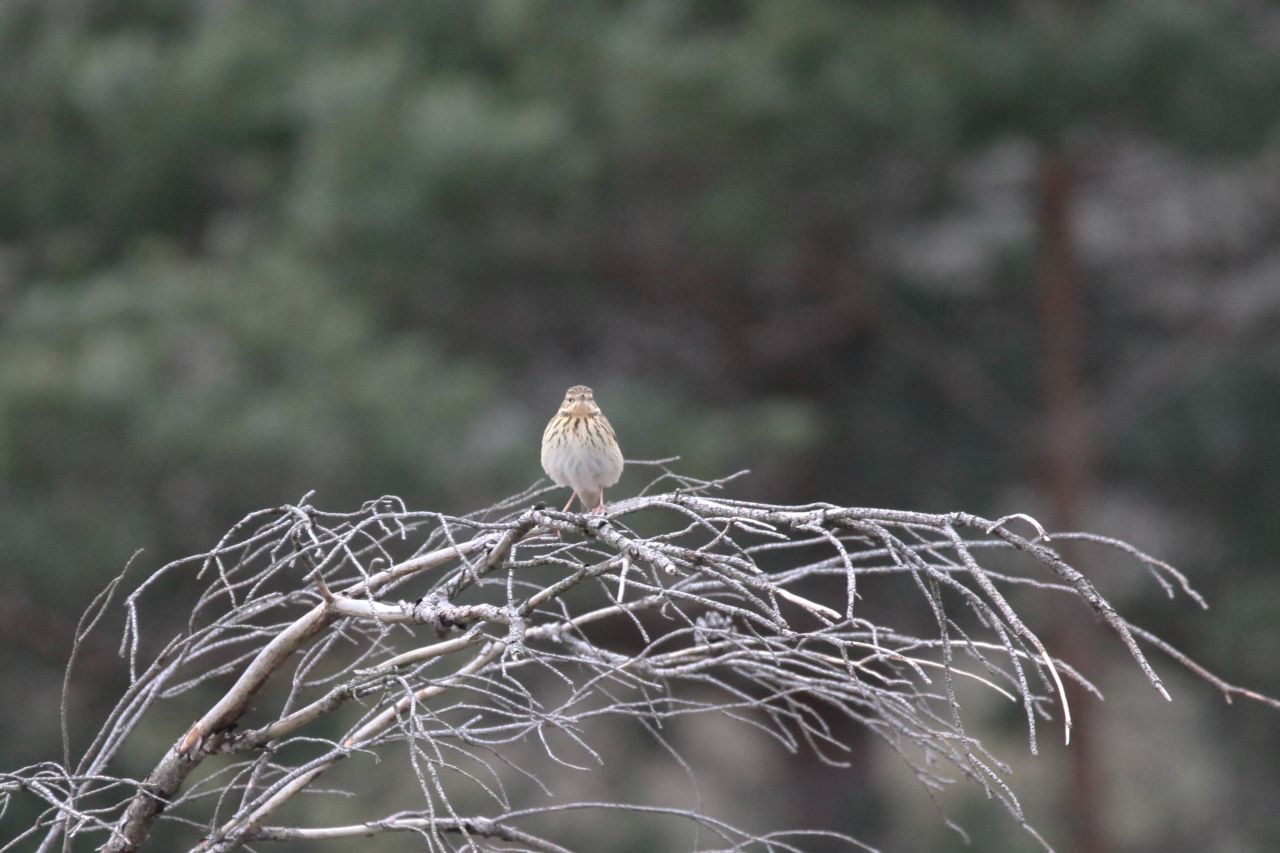 And as many as 30 or more meadow pipits had now made their autumn return, feeding within the heather.
And as many as 30 or more meadow pipits had now made their autumn return, feeding within the heather.
Stonechats popped up to perch from time to time, some still making the sounds their name derives from.
Dartford warblers skimmed low across the heath now mostly just making their contact calls.
While the ‘kek-kek’ call and occasional drumming sounds of great spotted woodpeckers could also be heard.
Jays regularly flew back and forth across the heath making their sharp rasping calls while they collected acorns and taking them to their ‘seasonal’ larders.
A delight to see on one visit was a small group of lesser redpolls. These were the first I had seen since January 2022.
At Brook Pond, the other side of the heathland, a few teal had arrived back to winter.
While a grey wagtail could often be viewed.
A cormorant regularly visited the pond.
And a grey heron waded in the shallow waters on the far side of the pond.
On October 8 the first redwings and fieldfares had arrived in Surrey and by the following day more than 2,000 redwings were viewed in flight, from Leith Hill Tower, near Dorking, during a morning vi-dual; with many also reported at other locations throughout Surrey.
My first sighting of this autumn was a small flock of six redwings flying just over the tree line at Worplesdon’s St Mary’s Church, Perry Hill.
At the entrance to the churchyard I was greeted by the sight and sound of a firecrest singing from the hedgerow.
A red kite drifted over the church.
While several nuthatches could be heard calling within the graveyard.
The jerky movement and high-pitched trilling sound of what would otherwise be an almost totally camouflaged treecreeper, alerted me to its presence.
And a local rowdy group of a dozen or so ring-necked parakeets could be seen as they flew over.
At Britten’s Pond during the first weeks of the month a resident kingfisher continued to be viewed.
For the most part continuing to elude me from being quick enough to capture a photo as it flashed by, bullet-like across the water.
Fortunately it was also, so far, able to evade, on several notable occasions, a sparrowhawk with desires of its own.
It had taken up residence in the area and it seemed the iridescent colours of the kingfisher were just as appealing to its eyes, as my own, though for different reasons.
A small group of Canada geese were residing on the lake.
And a few cormorants had made a return there.
And, of course, the grey heron remained present.
Recent Articles
- Guildford Institute’s Crowdfunding Project for Accessible Toilet in its New Community and Wellbeing Centre
- Letter: Guildford – Another Opportunity Missed?
- Letter: GBC’s Corporate Strategy – Where Is the Ambition?
- My Memories of John Mayall at a Ground-breaking Gig in Guildford Nearly Six Decades Ago
- Westborough HMO Plans ‘Losing the Heart of the Street’ Says Resident
- College Invests to Boost Surrey’s Economy and Close Digital Skills Gap
- Community Lottery Brings Big Wins for Local Charities
- GBC Housing Plan Promises ‘A Vibrant Urban Neighbourhood’ Near Town Centre
- Hospital Pillows ‘Shortage’ at the Royal Surrey
- Updated: Caravans Set Up Camp at Ash Manor School


Search in Site
Media Gallery
Dragon Interview: Local Artist Leaves Her Mark At One of England’s Most Historic Buildings
January 21, 2023 / No Comment / Read MoreDragon Interview: Lib Dem Planning Chair: ‘Current Policy Doesn’t Work for Local People’
January 19, 2023 / No Comment / Read MoreA3 Tunnel in Guildford ‘Necessary’ for New Homes, Says Guildford’s MP
January 10, 2023 / No Comment / Read More‘Madness’ for London Road Scheme to Go Ahead Against ‘Huge Opposition’, Says SCC Leader
January 6, 2023 / No Comment / Read MoreCouncillor’s Son Starts Campaign for More Consultation on North Street Plan
December 30, 2022 / No Comment / Read MoreCounty Council Climbs Down Over London Road Works – Further ‘Engagement’ Period Announced
December 14, 2022 / No Comment / Read MoreDragon Interview: GBC Reaction to the Government’s Expected Decision to Relax Housing Targets
December 7, 2022 / No Comment / Read MoreHow Can Our Town Centre Businesses Recover? Watch the Shop Front Debate
May 18, 2020 / No Comment / Read More




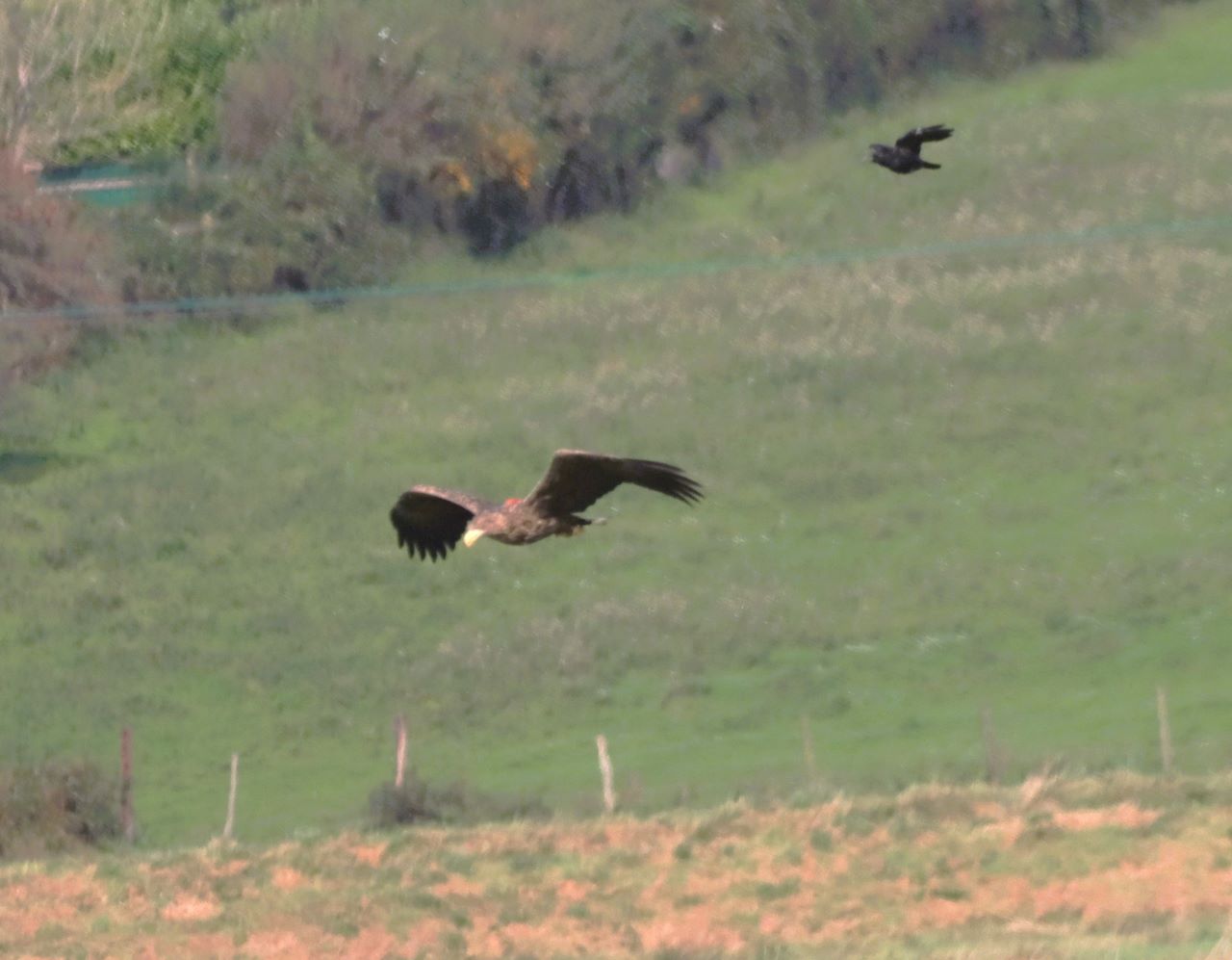

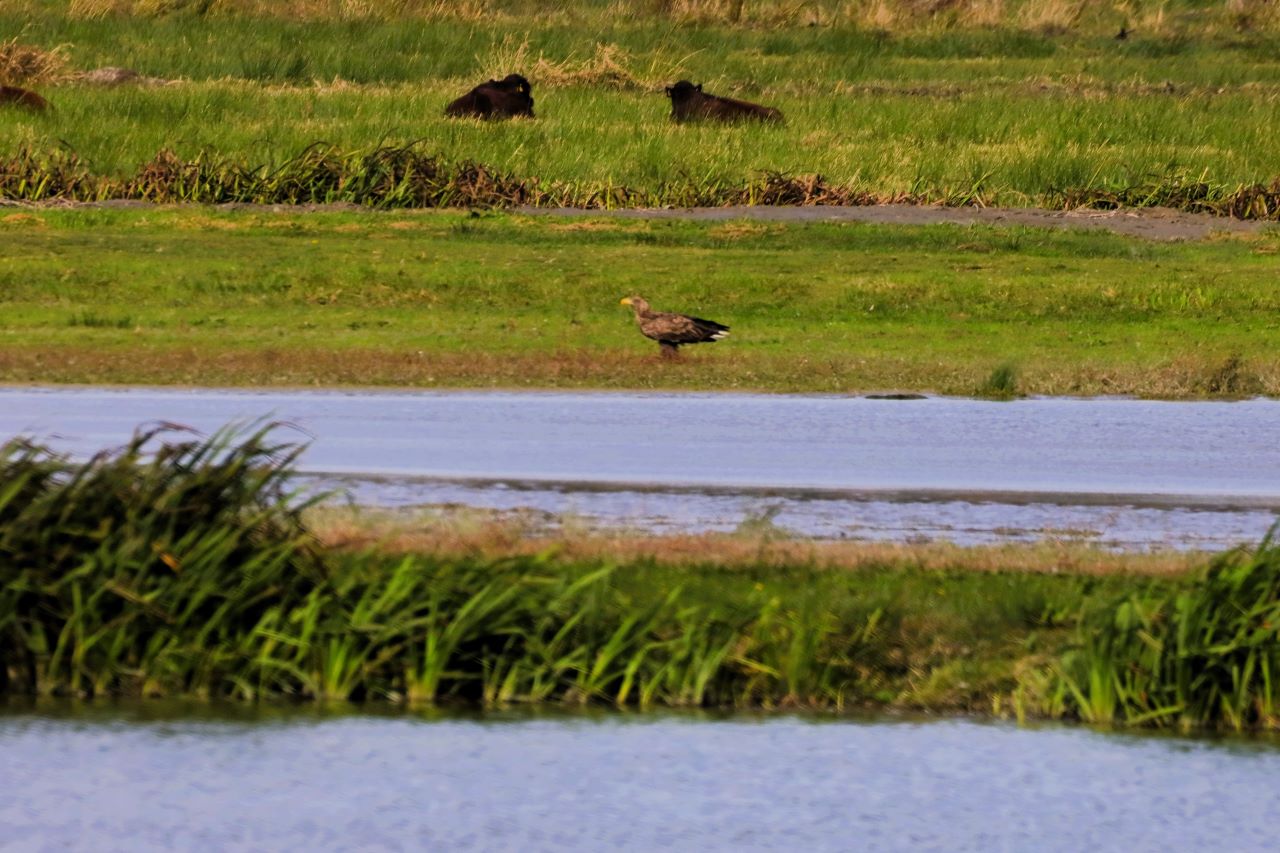
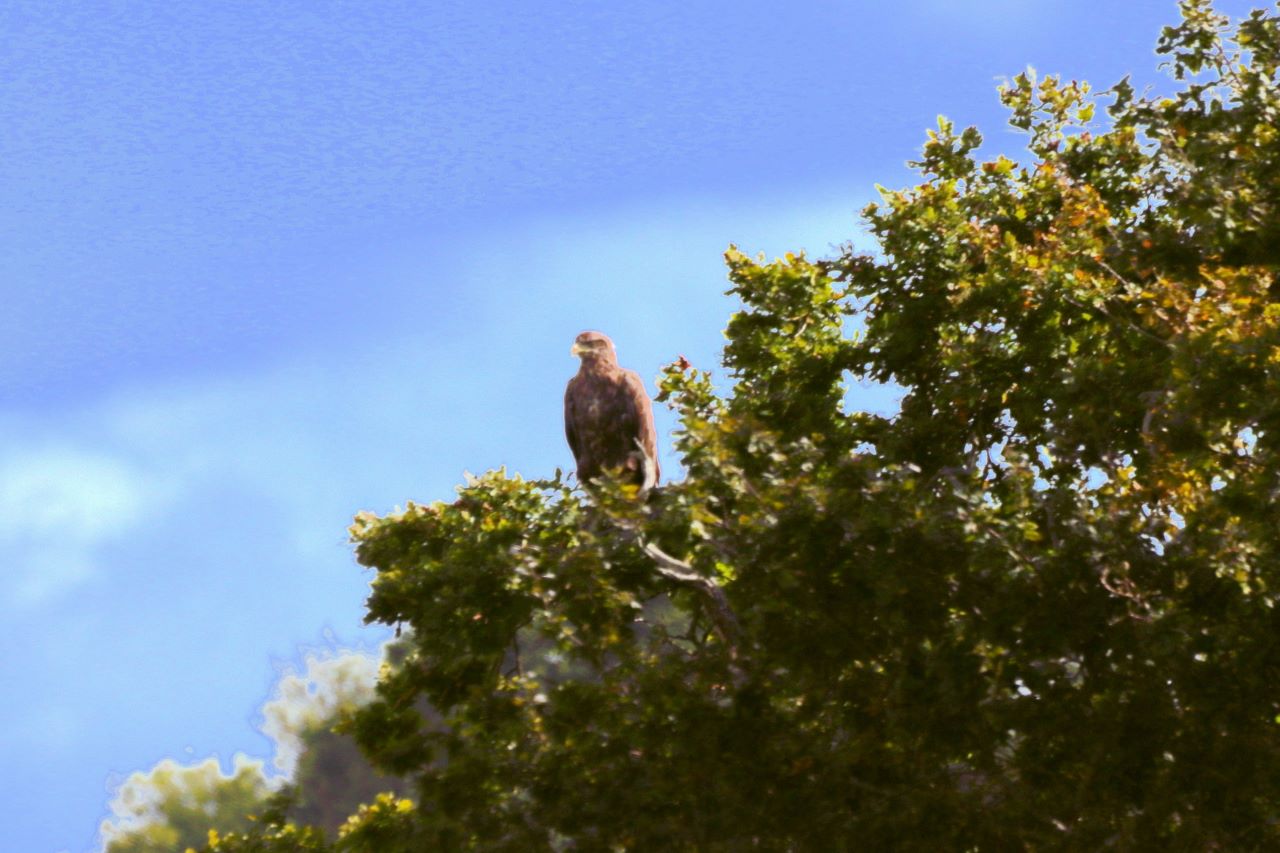
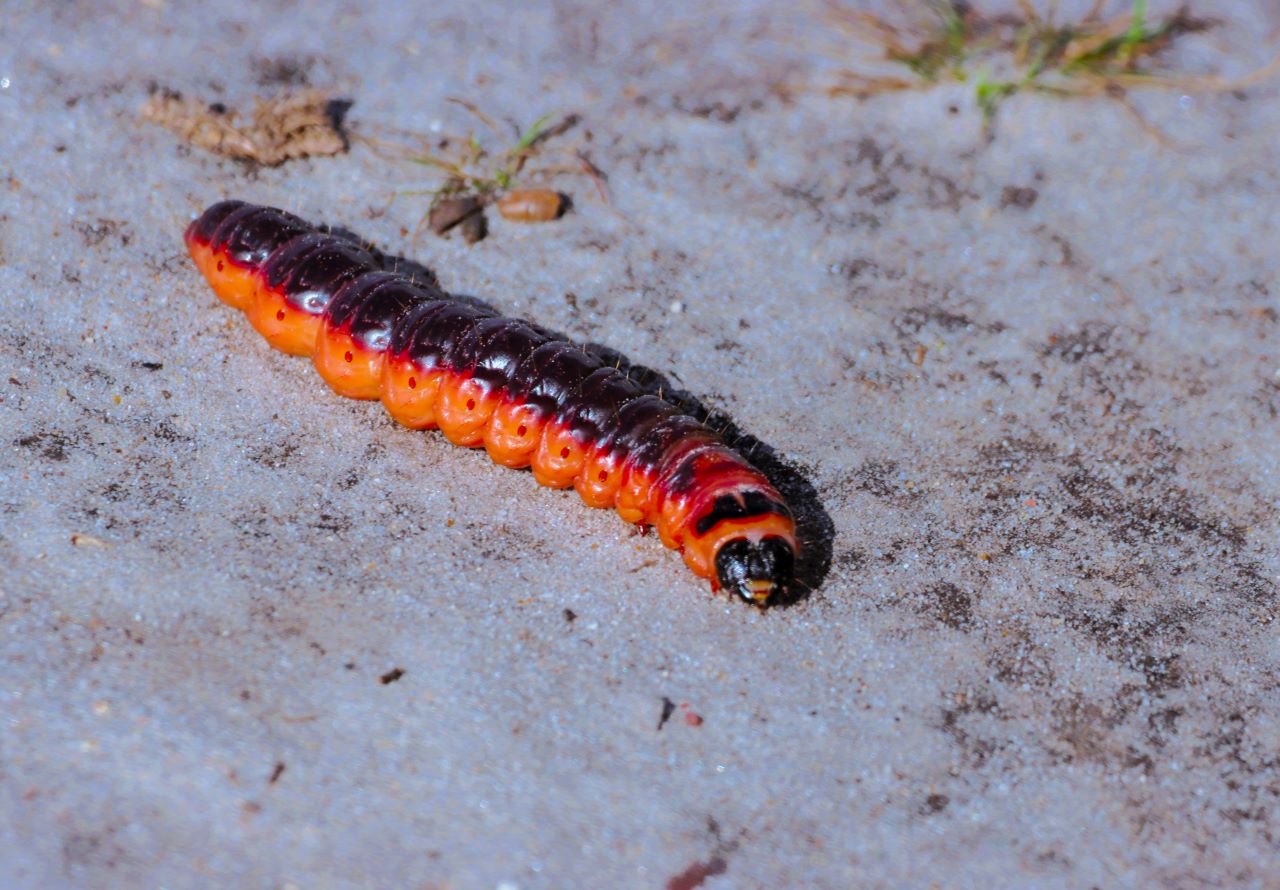
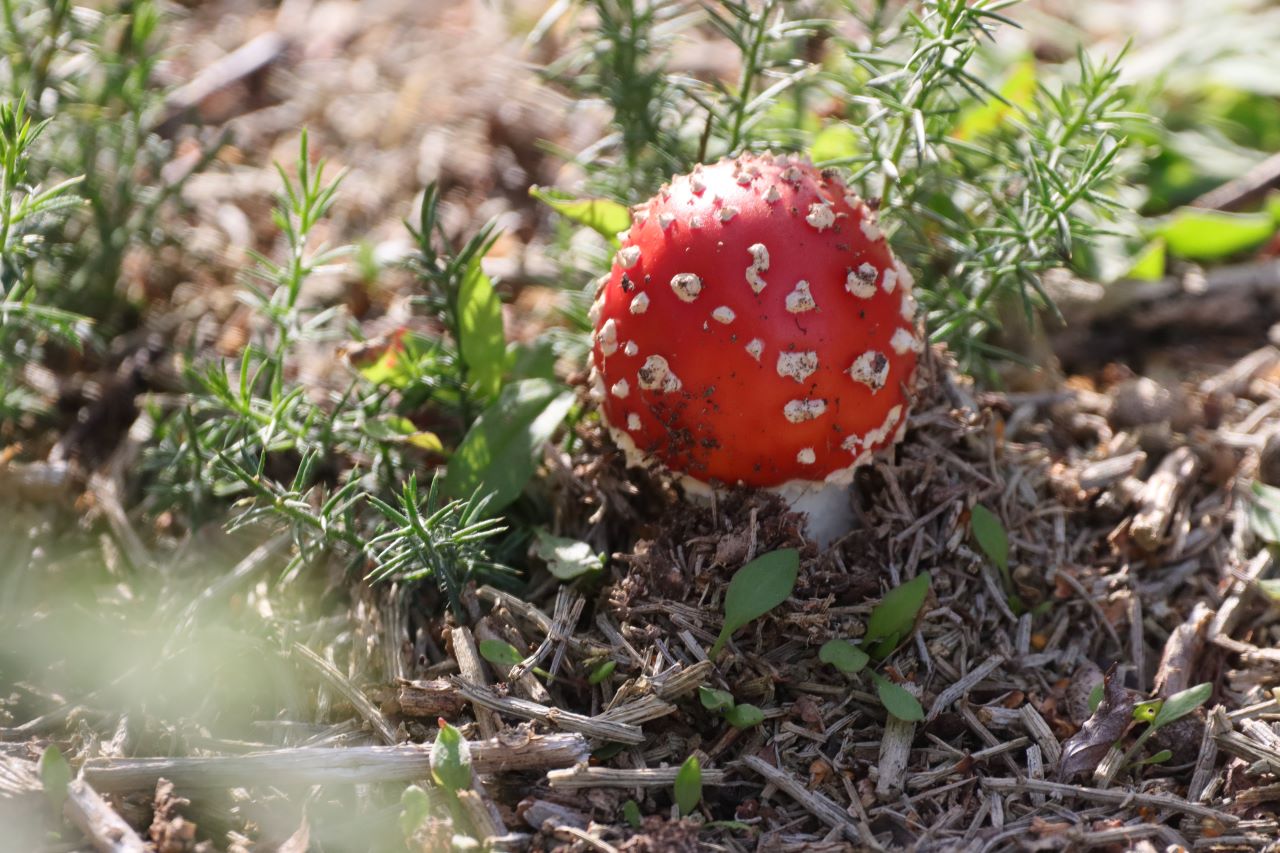
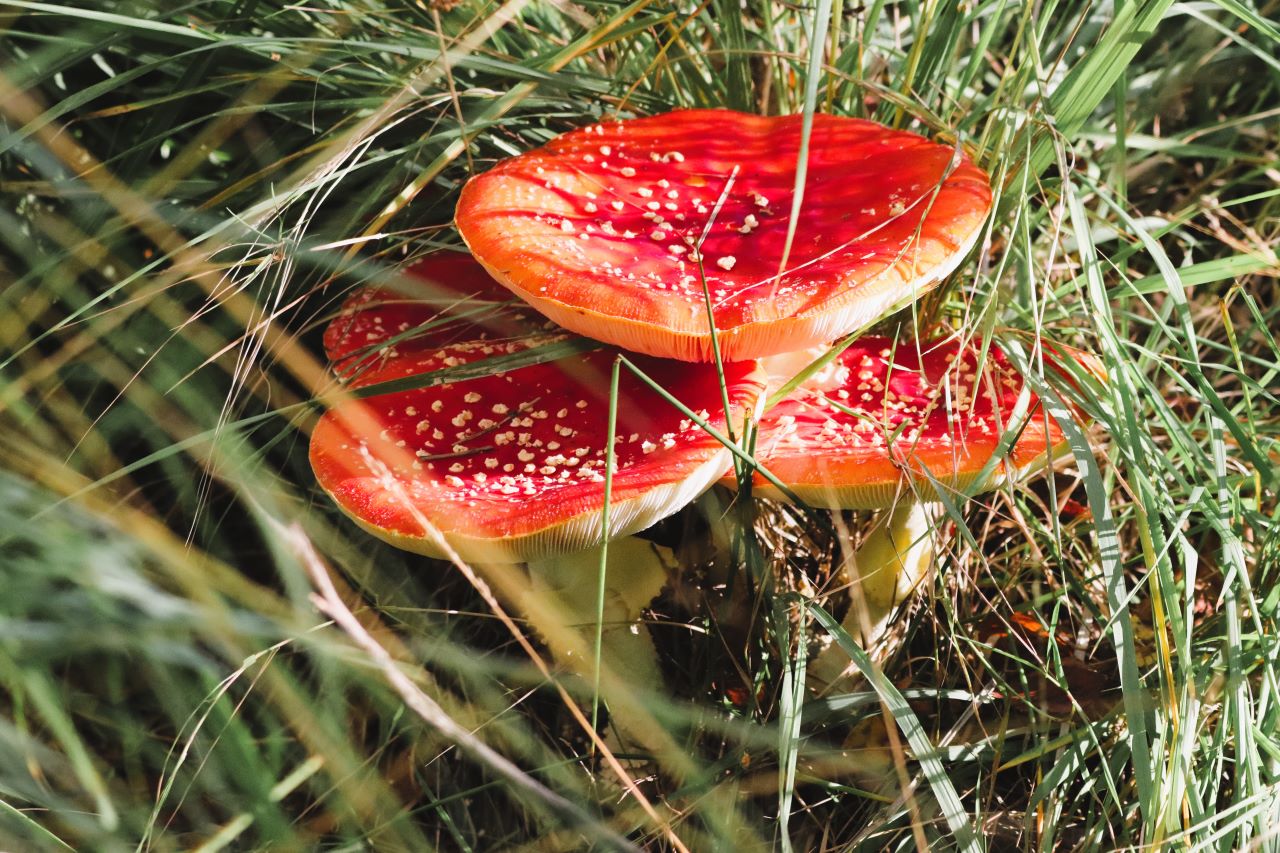
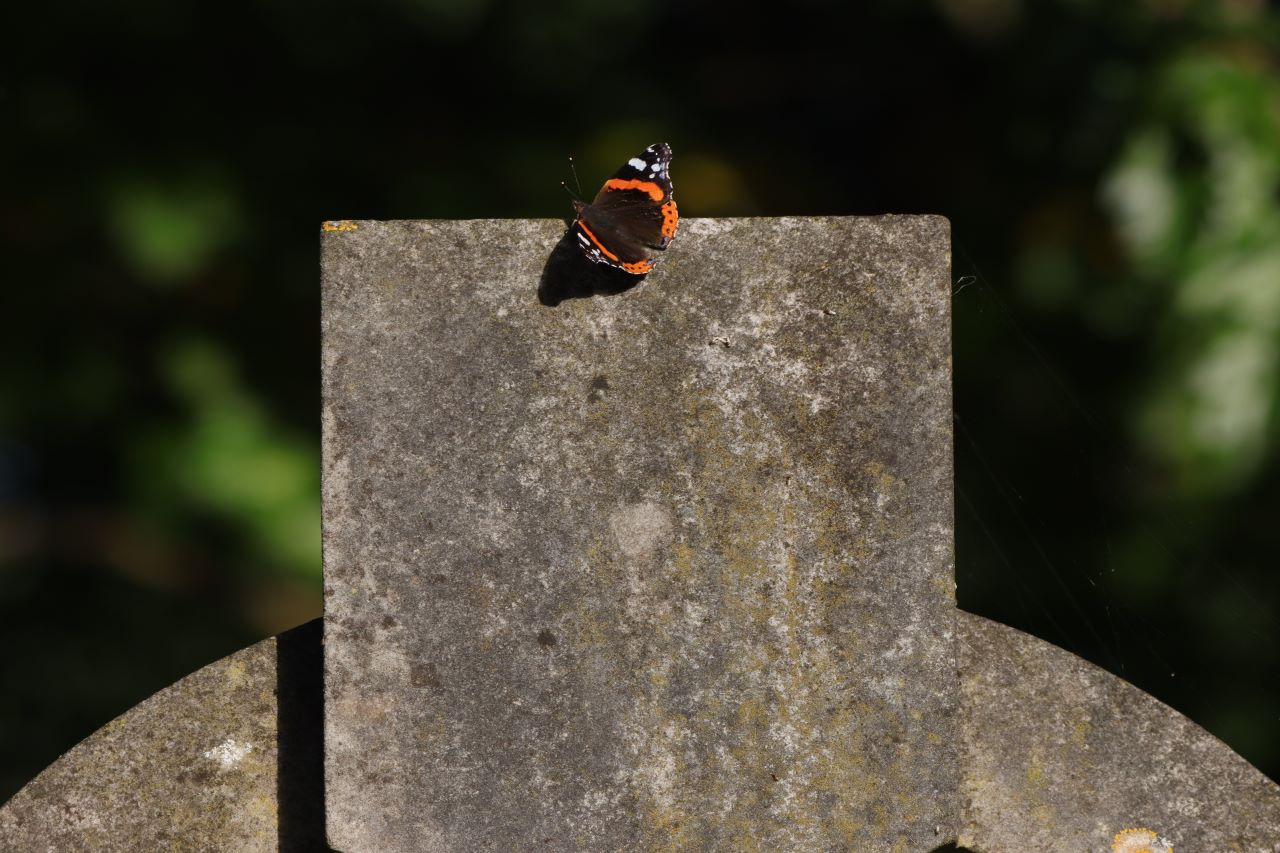
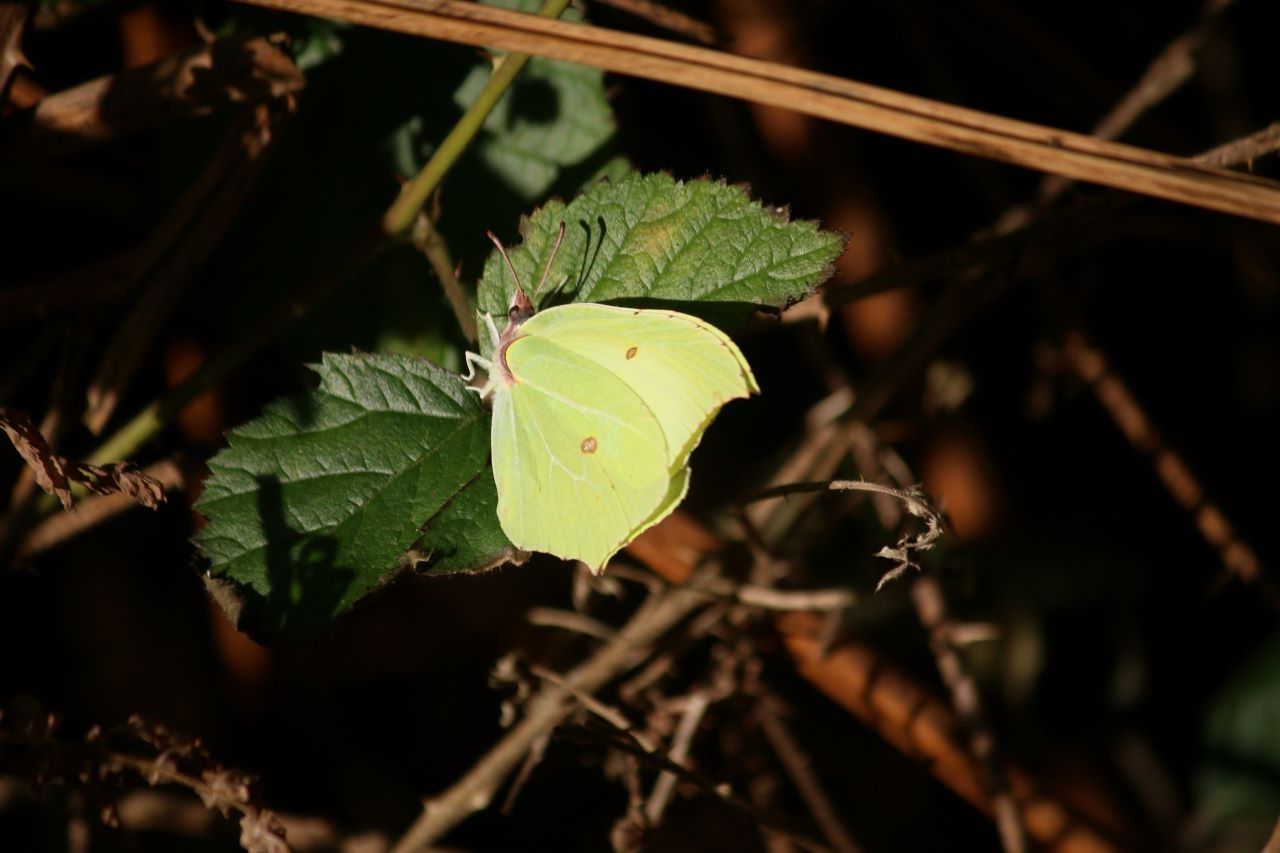
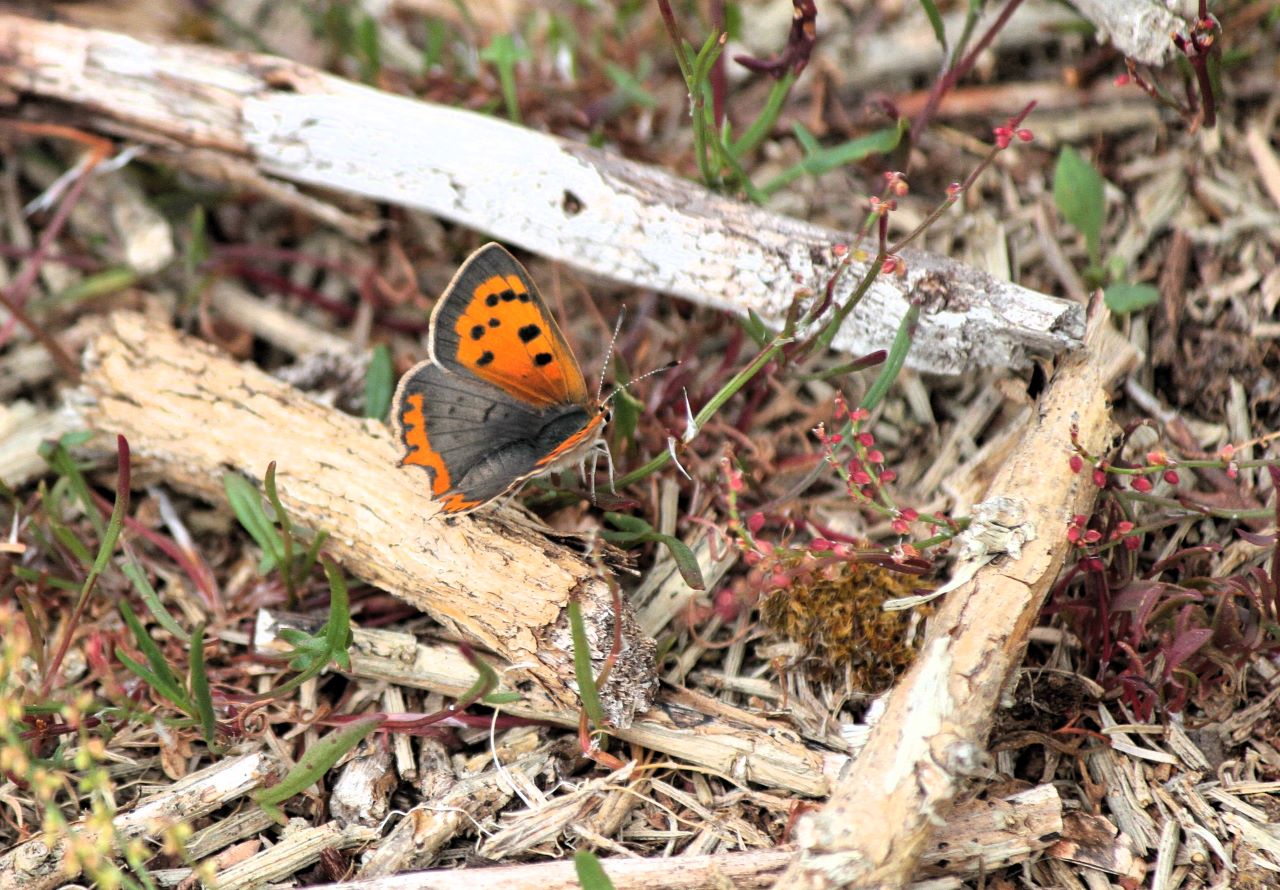

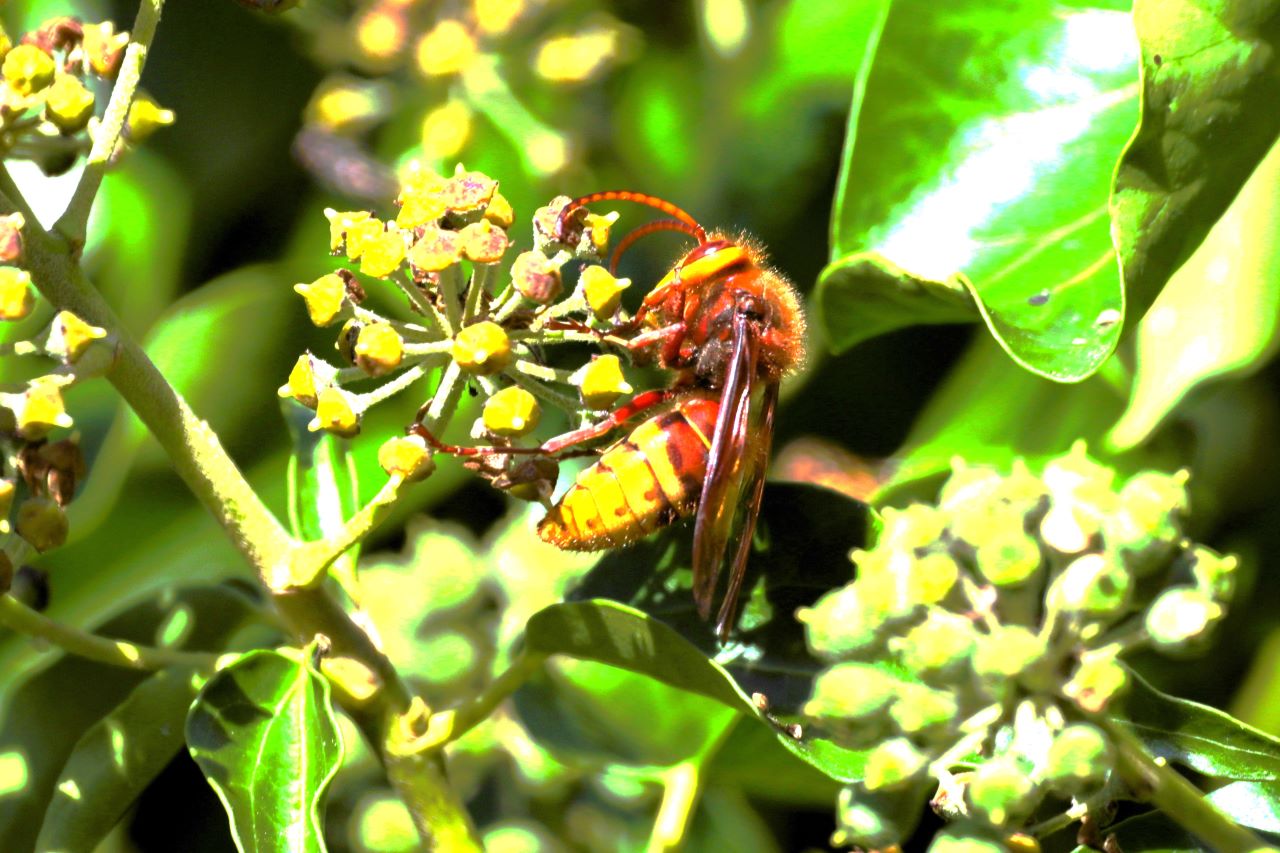
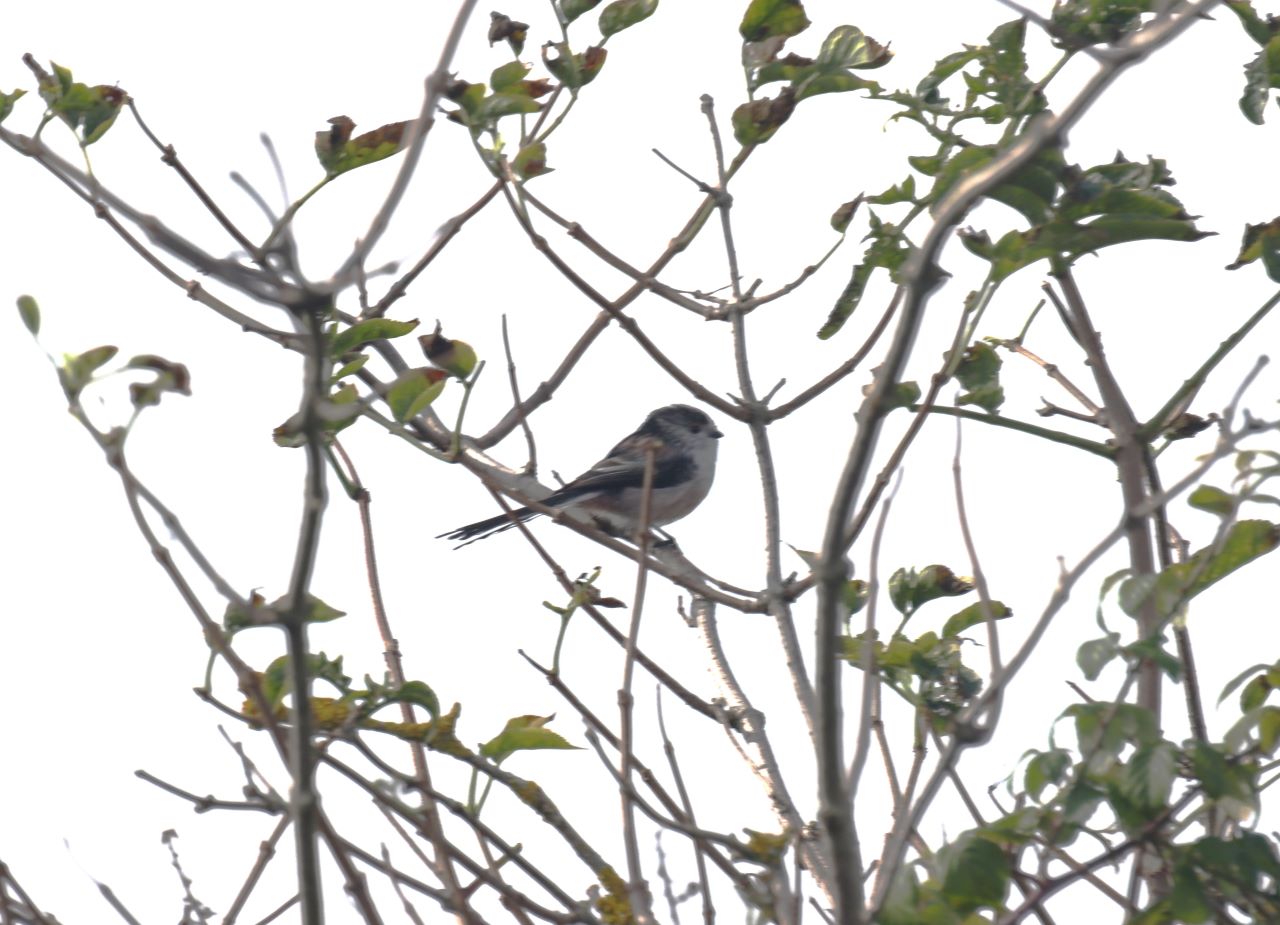
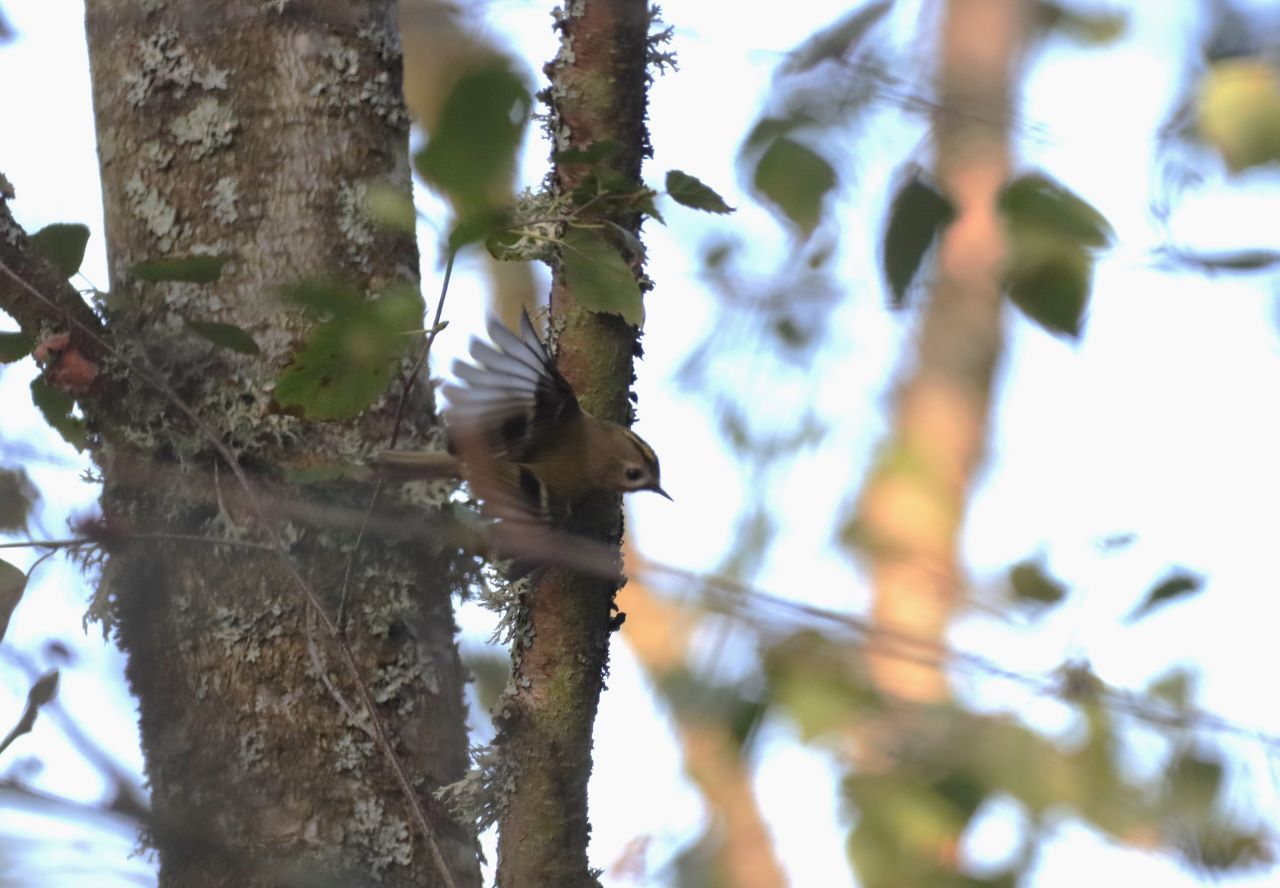
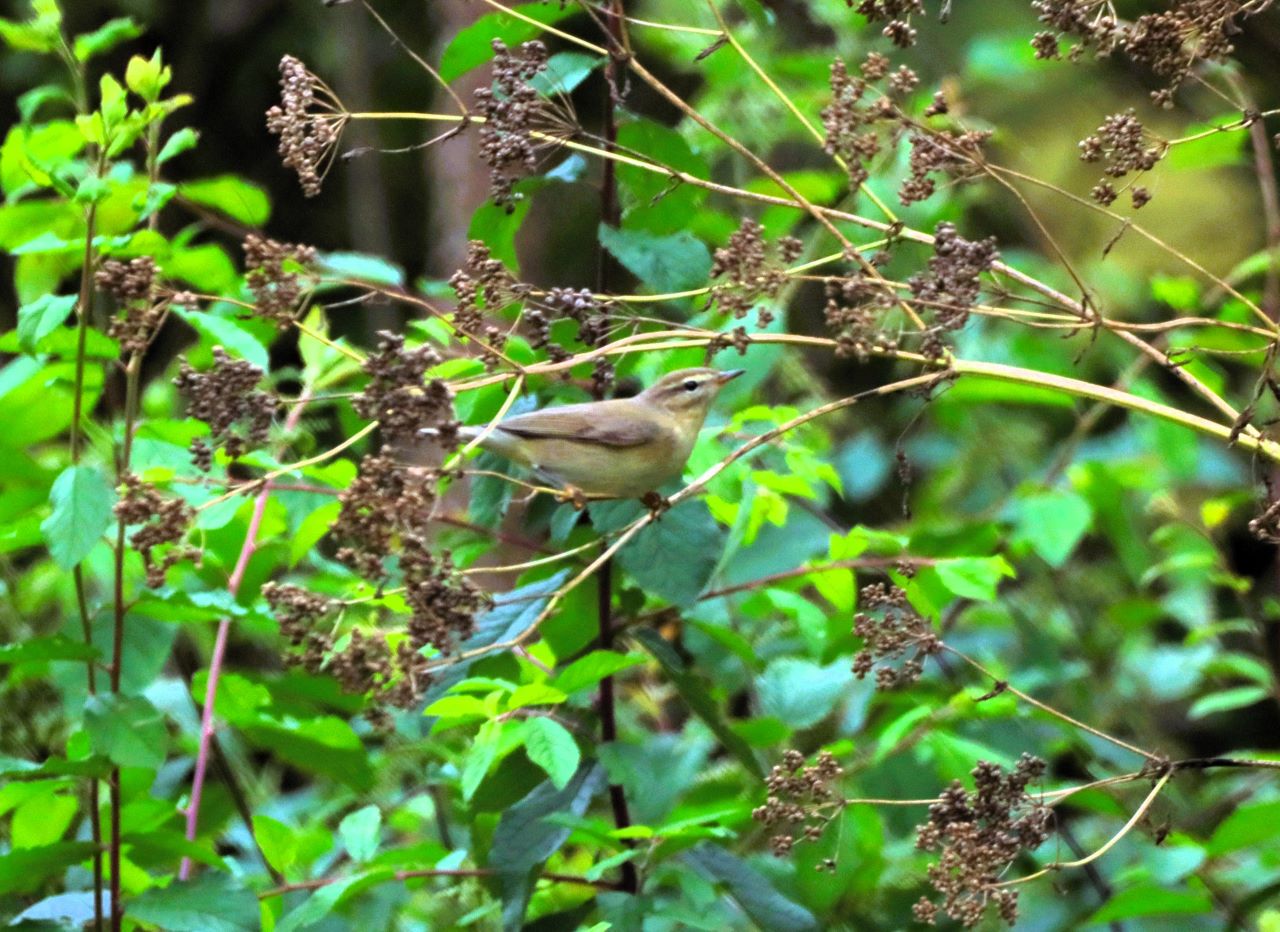


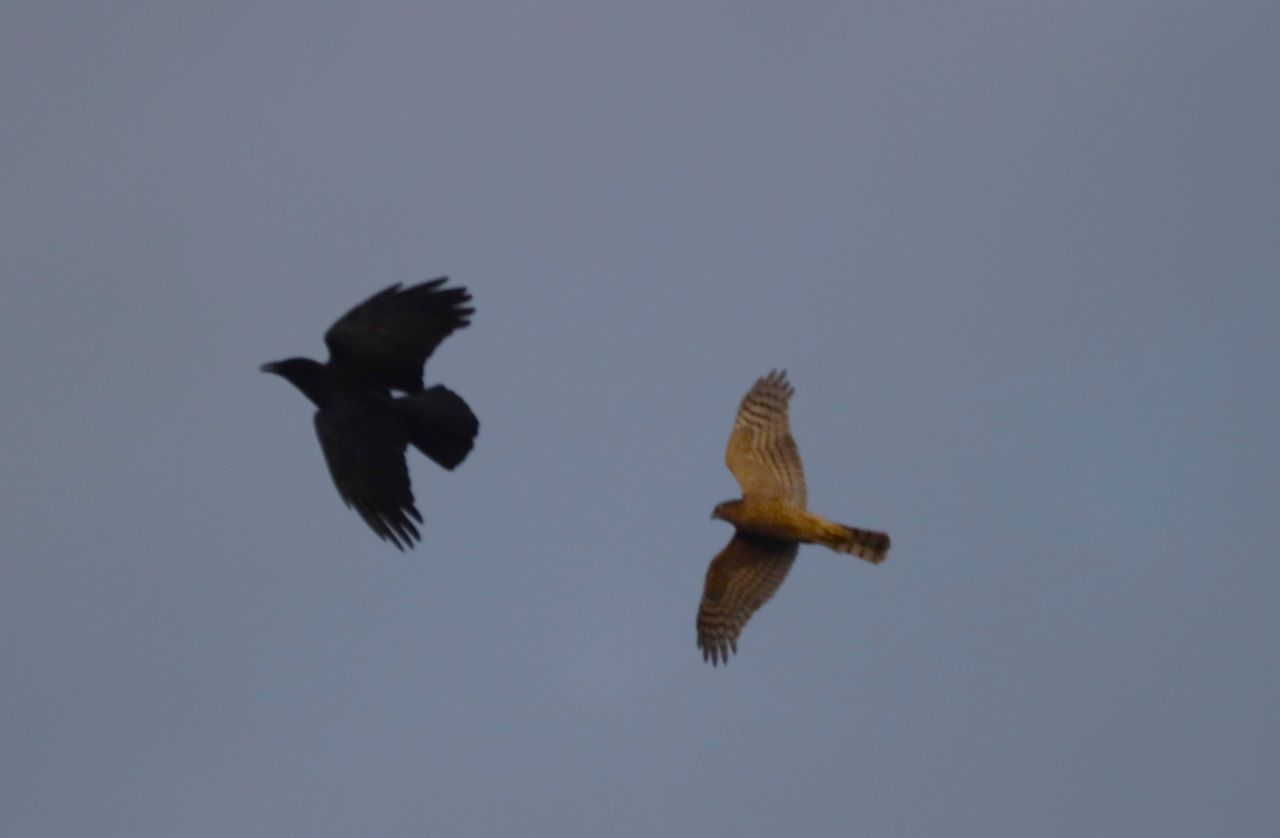

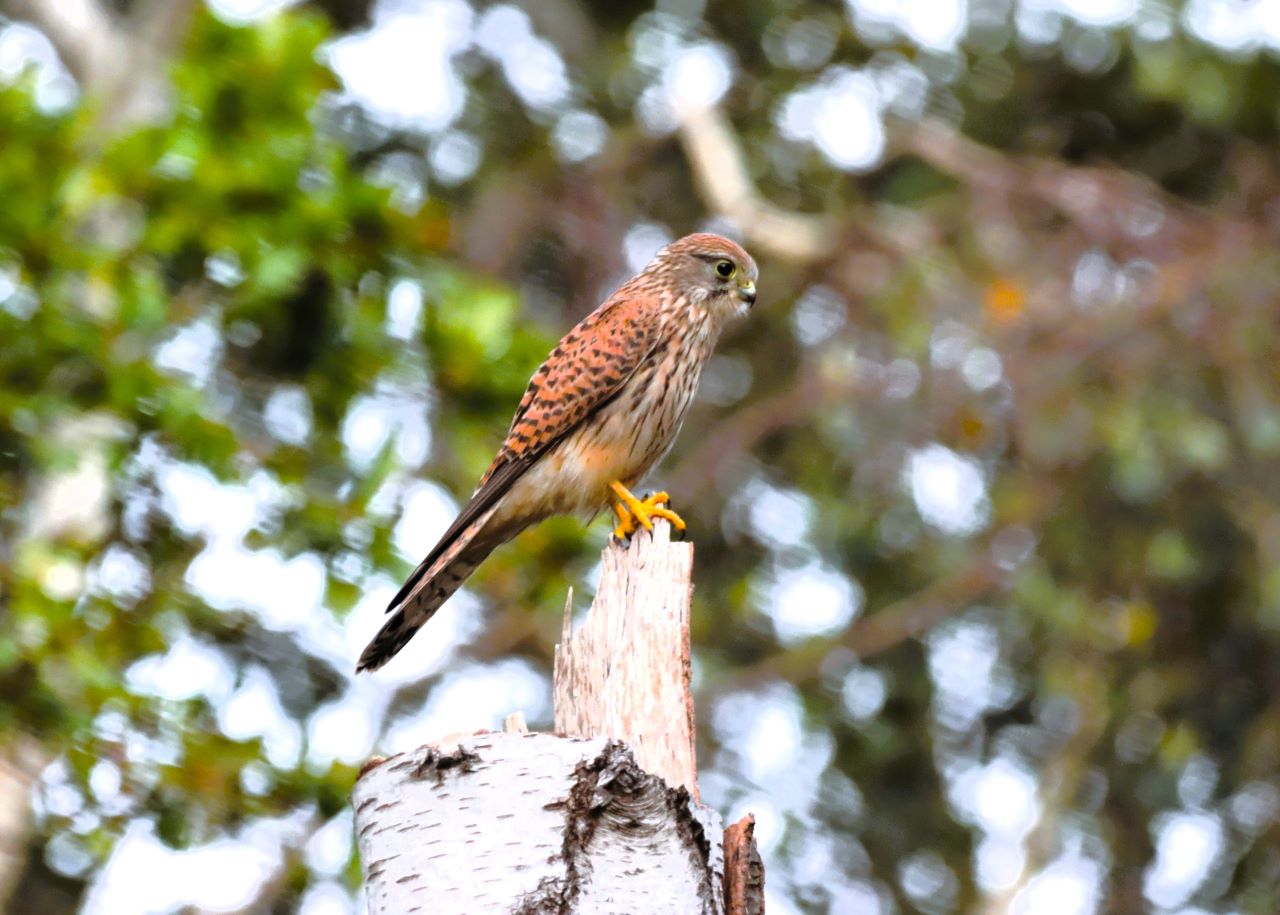

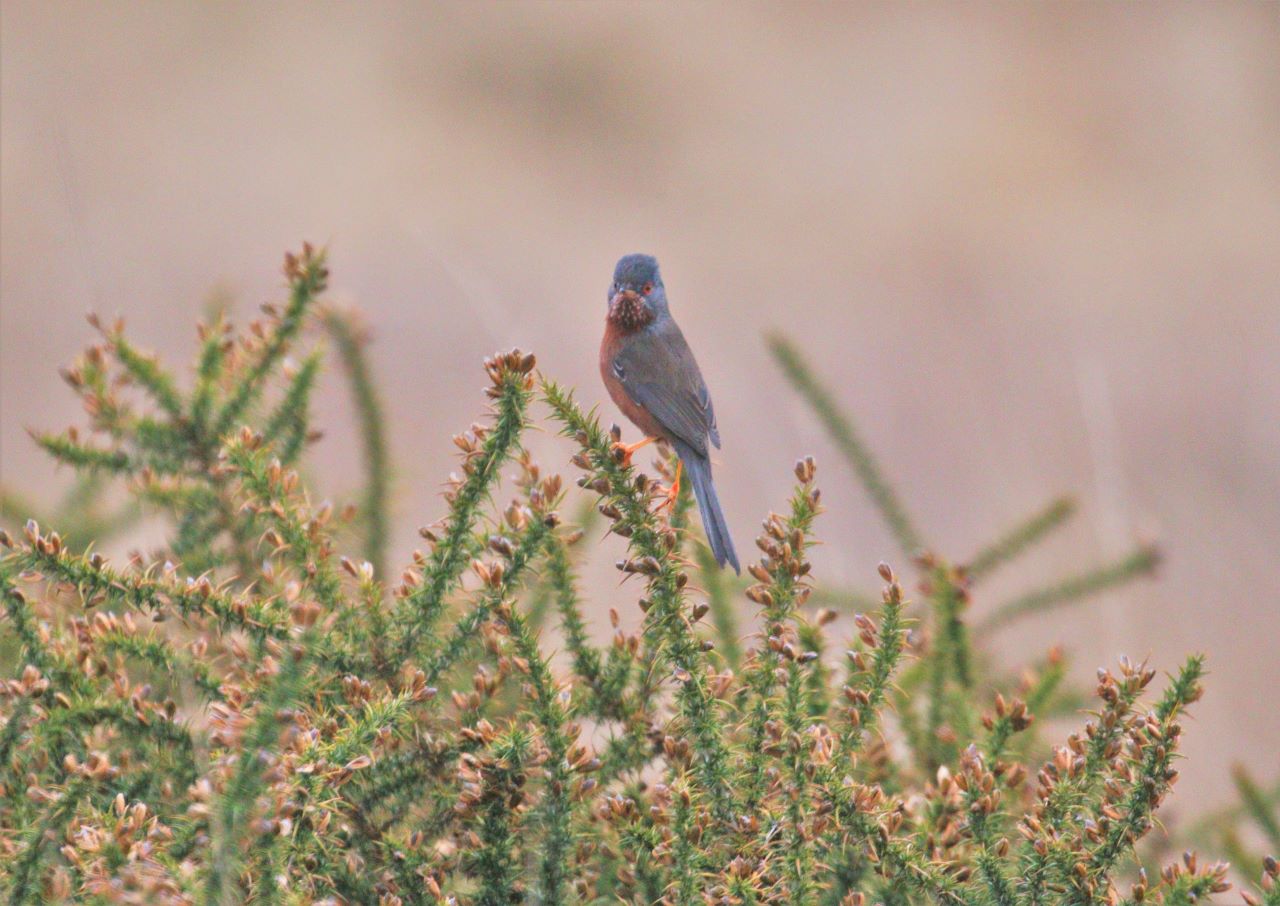
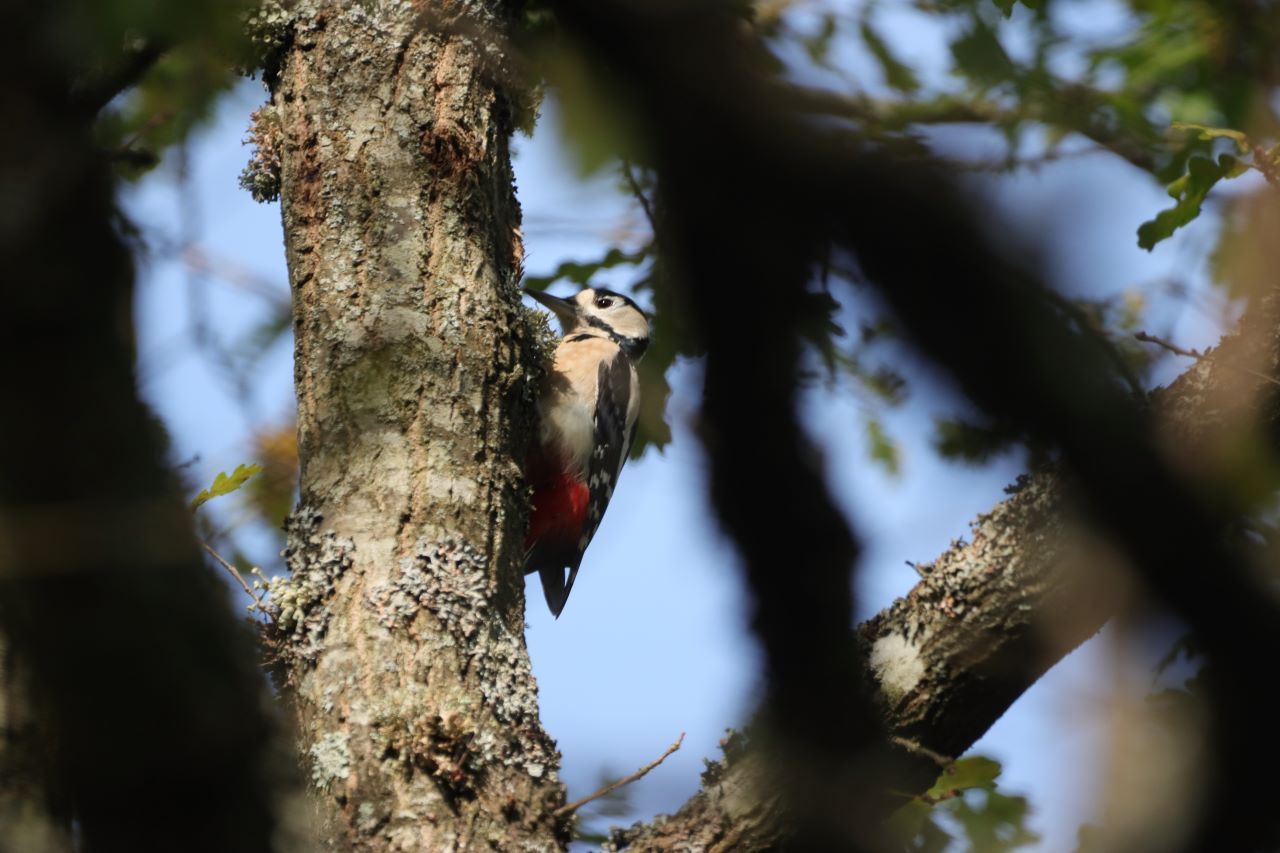

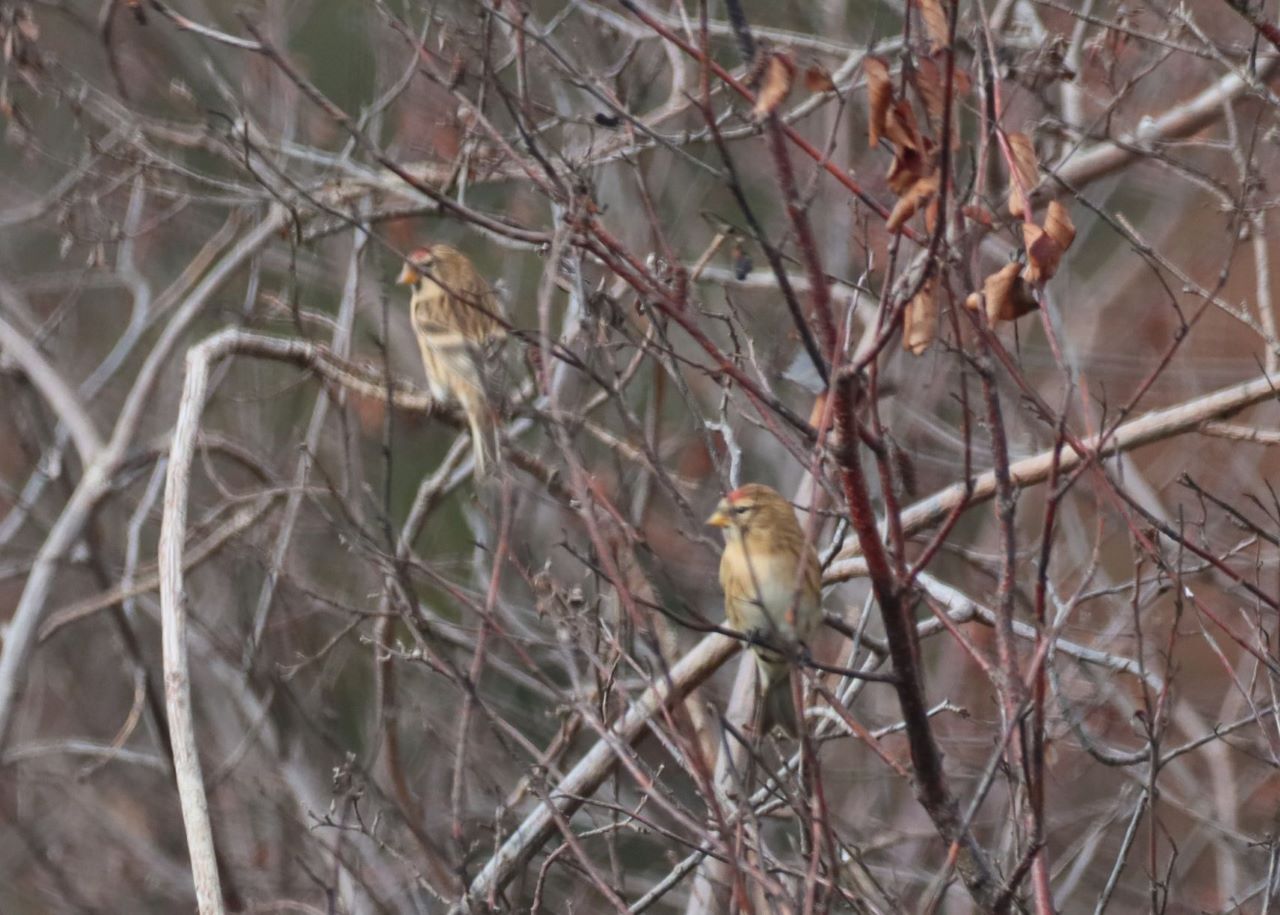
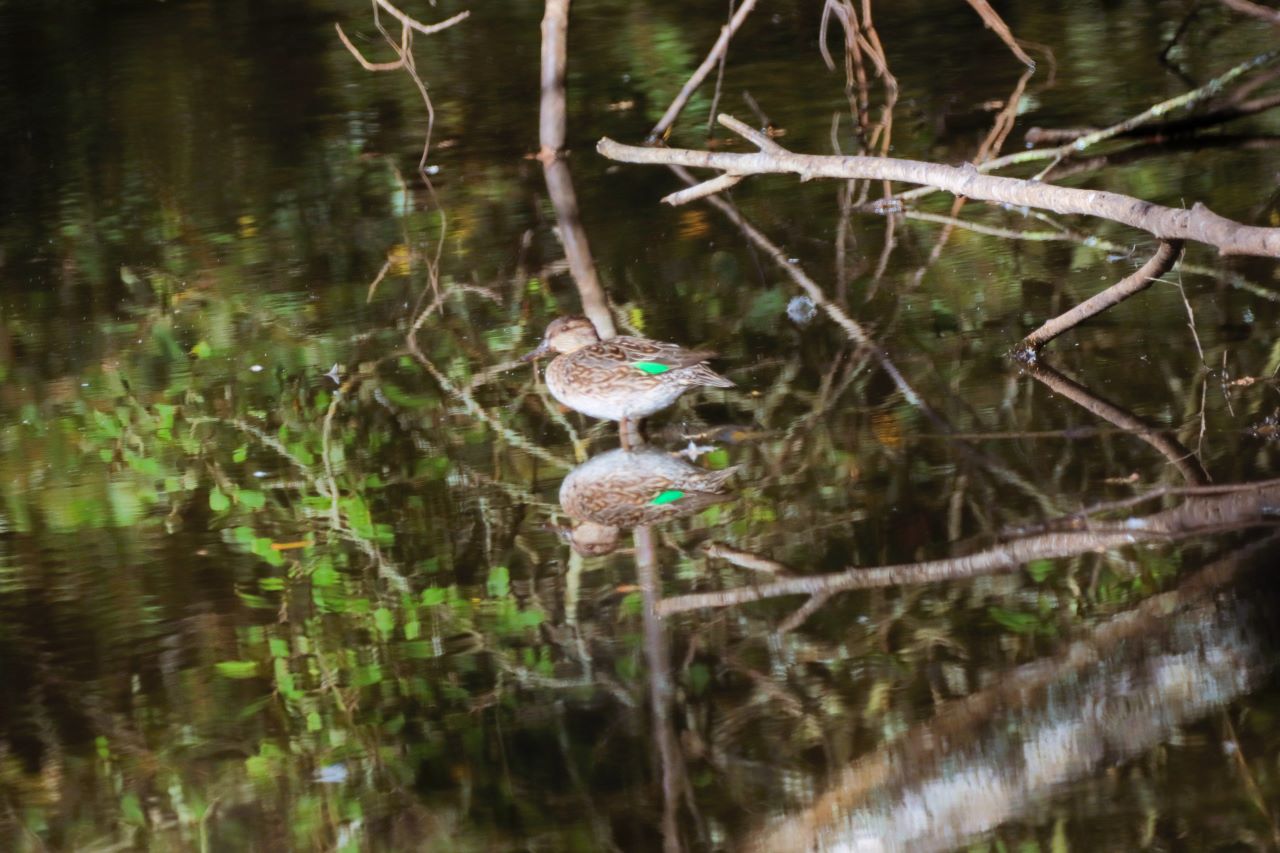
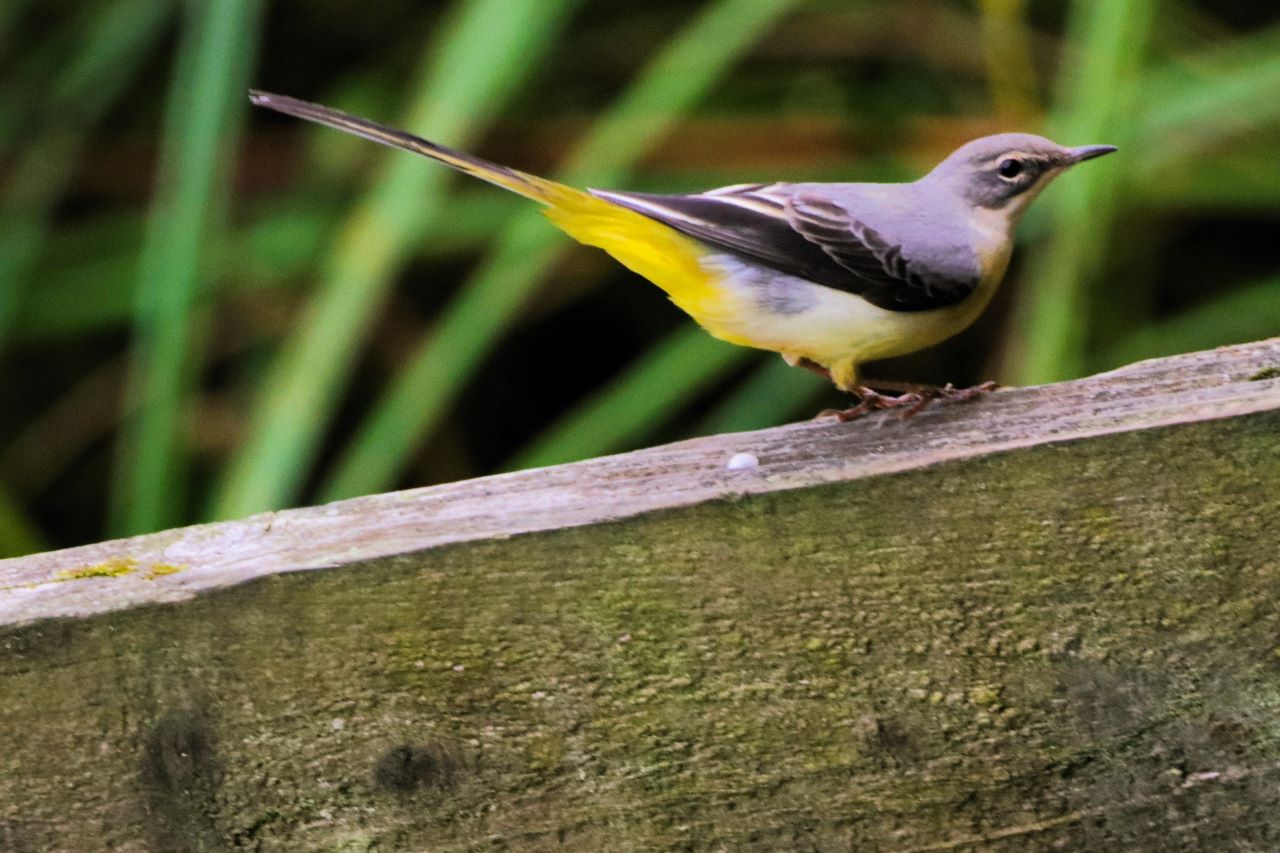
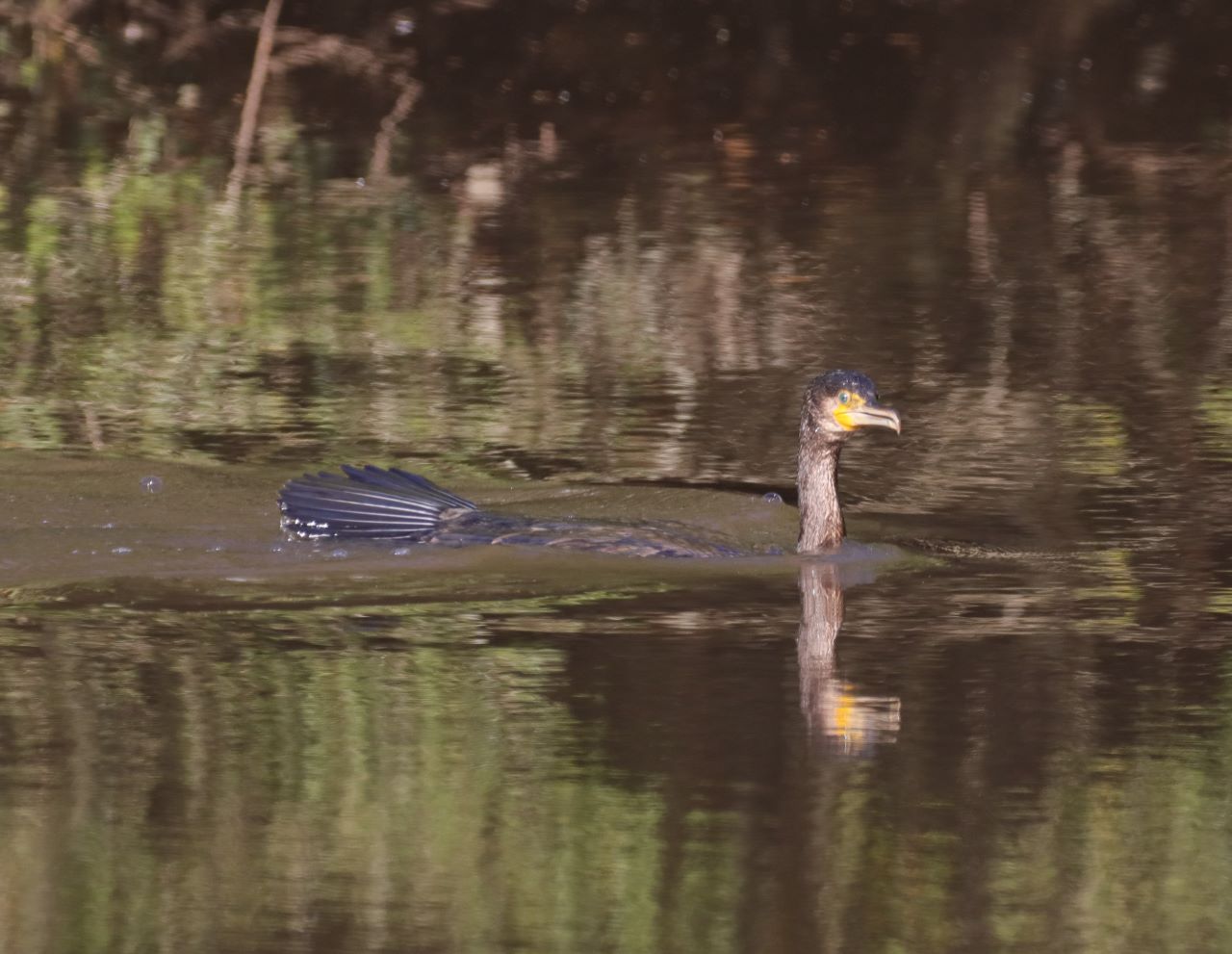

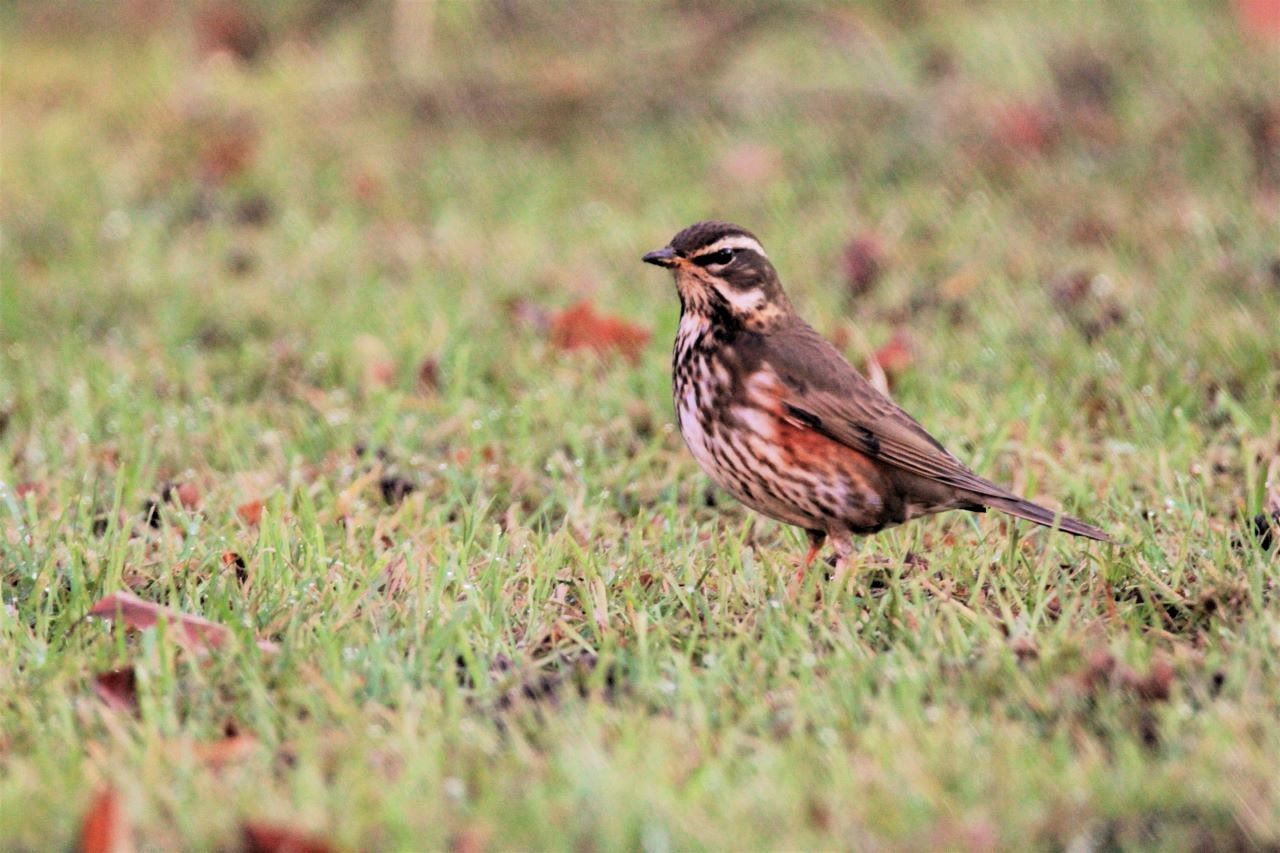


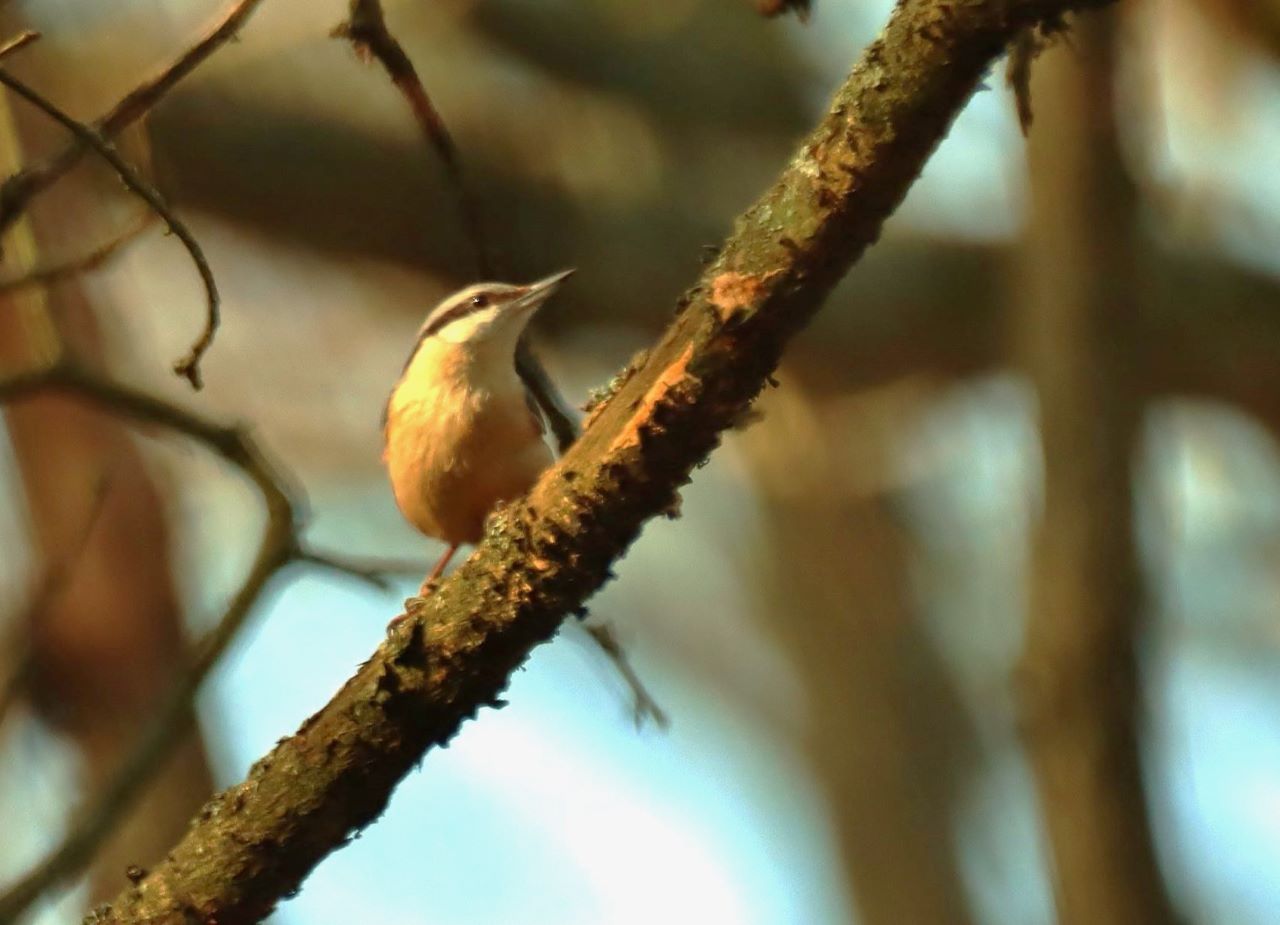
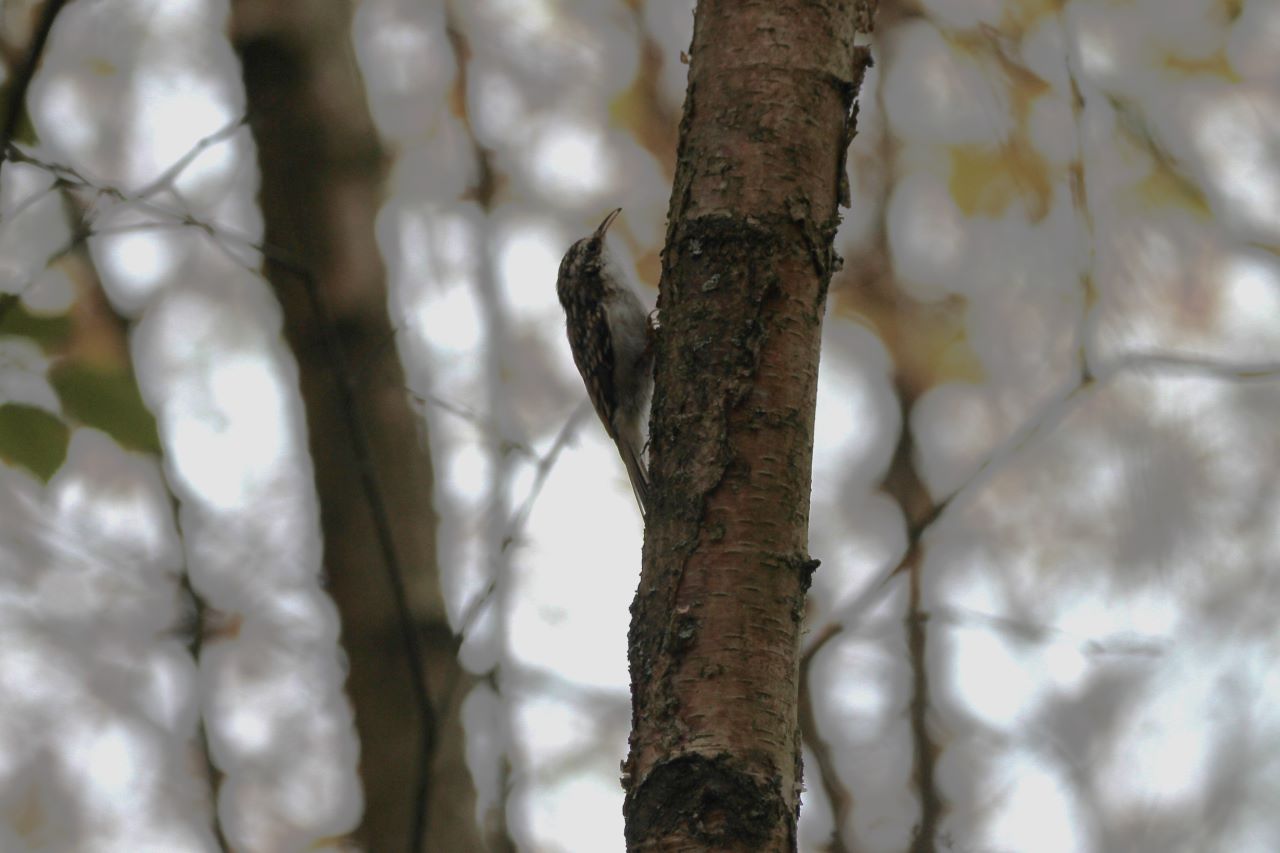
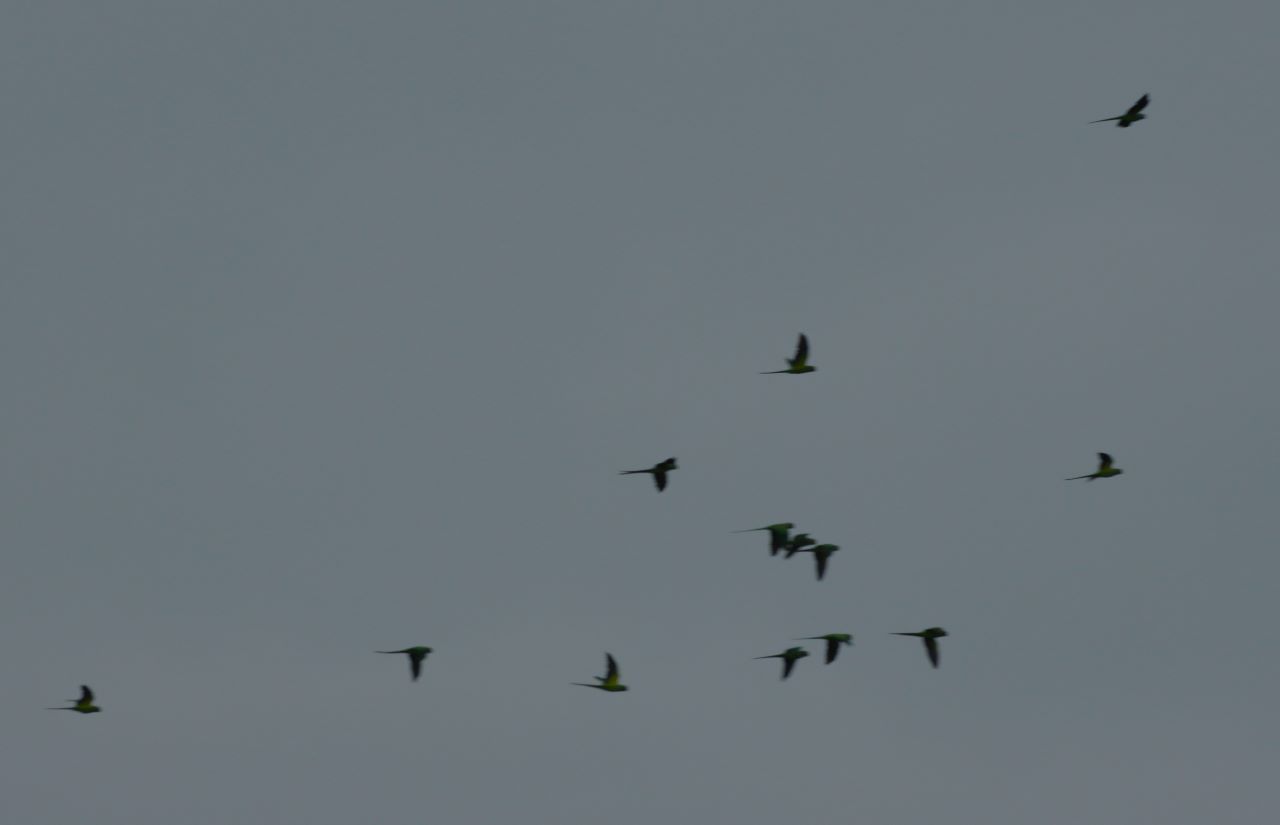
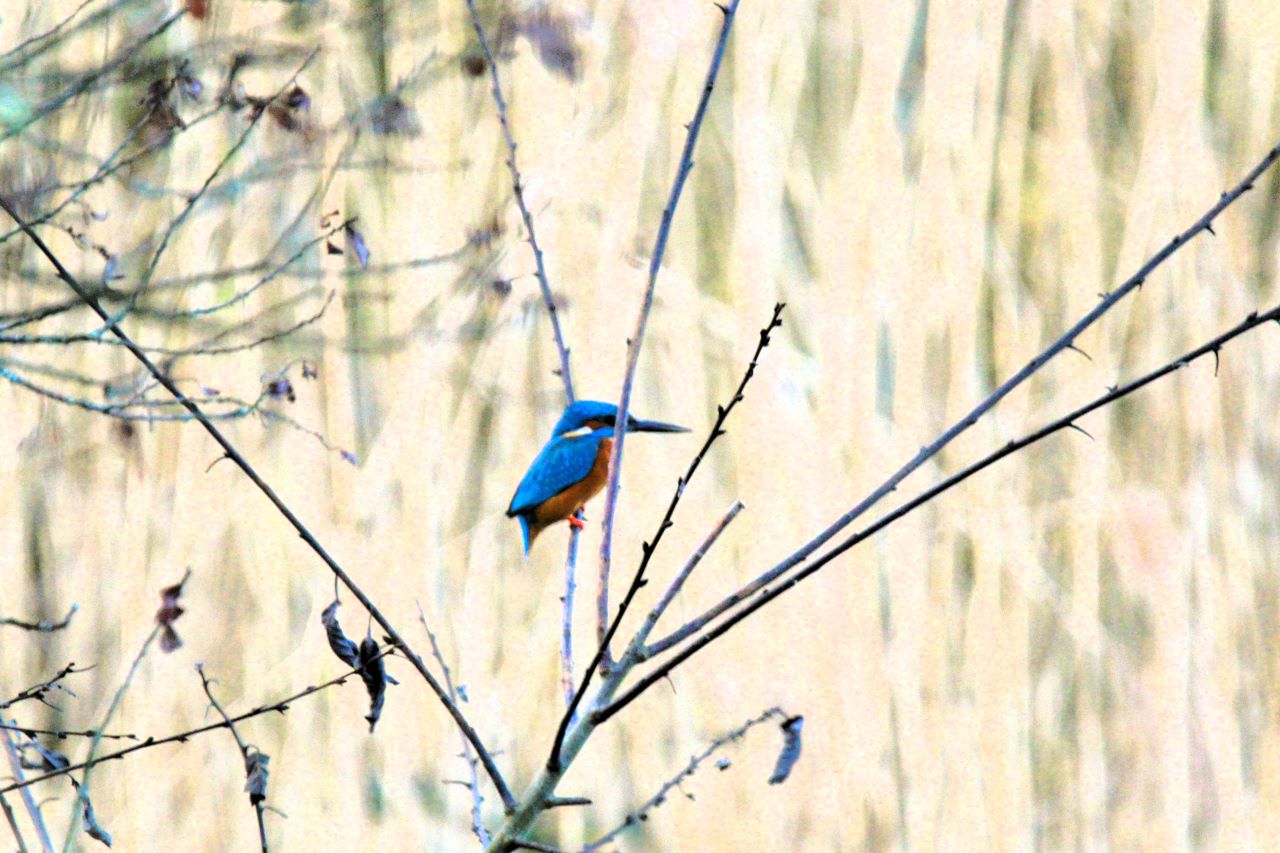

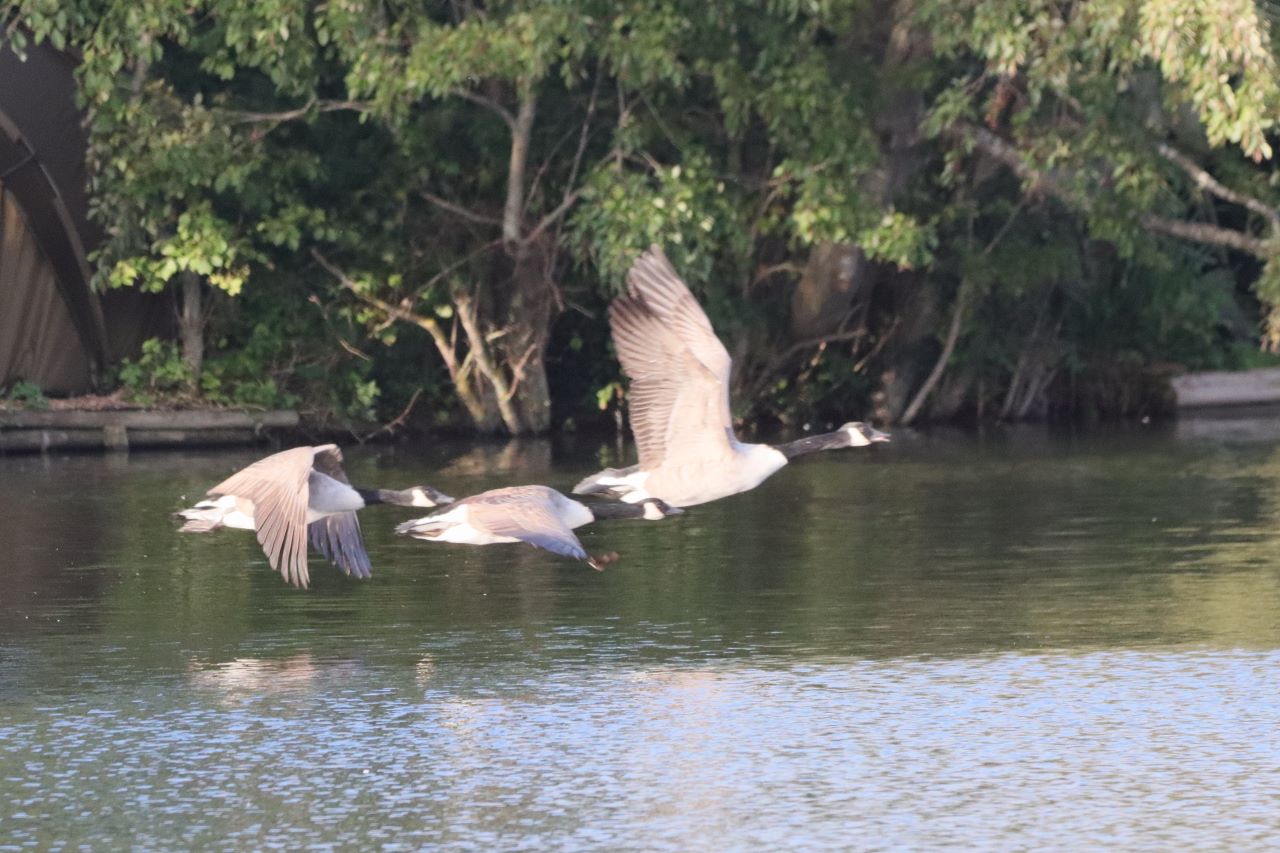
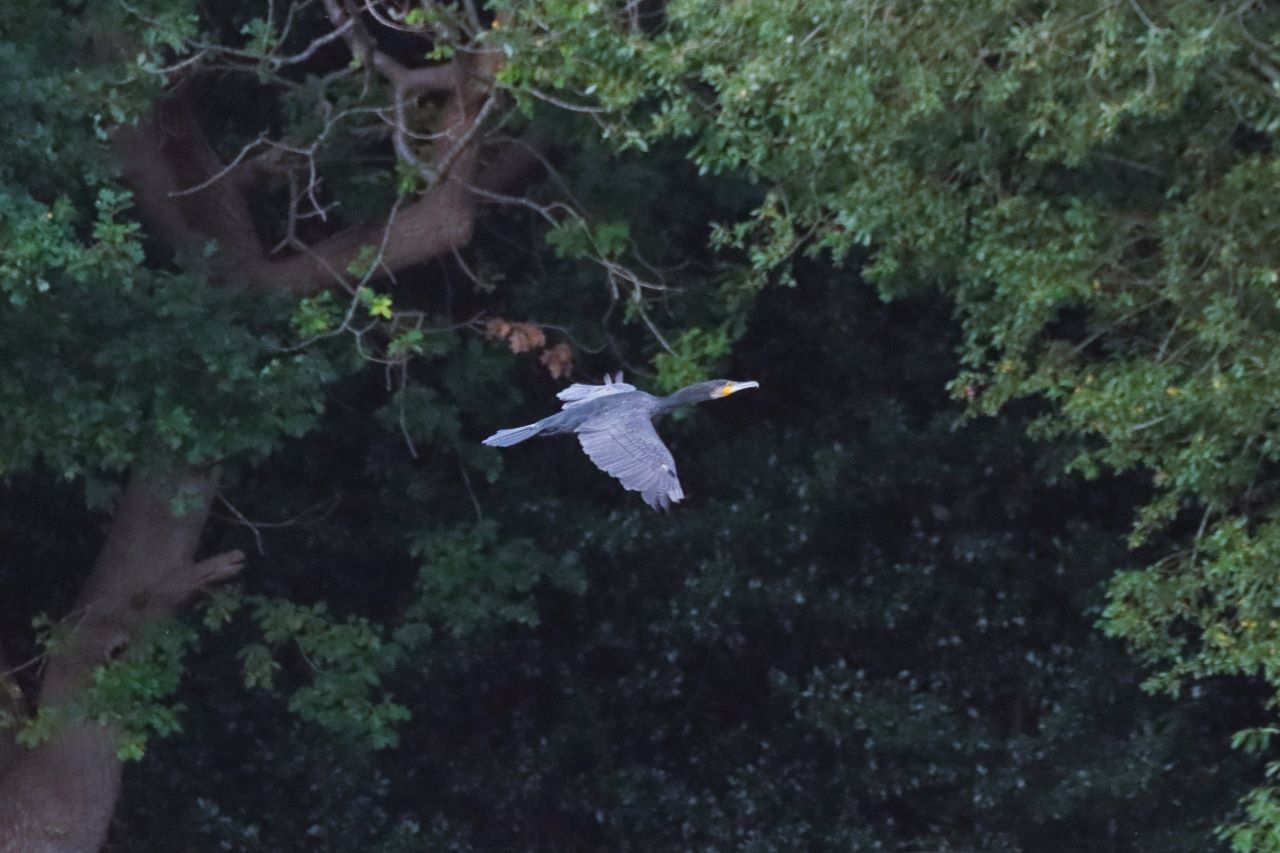
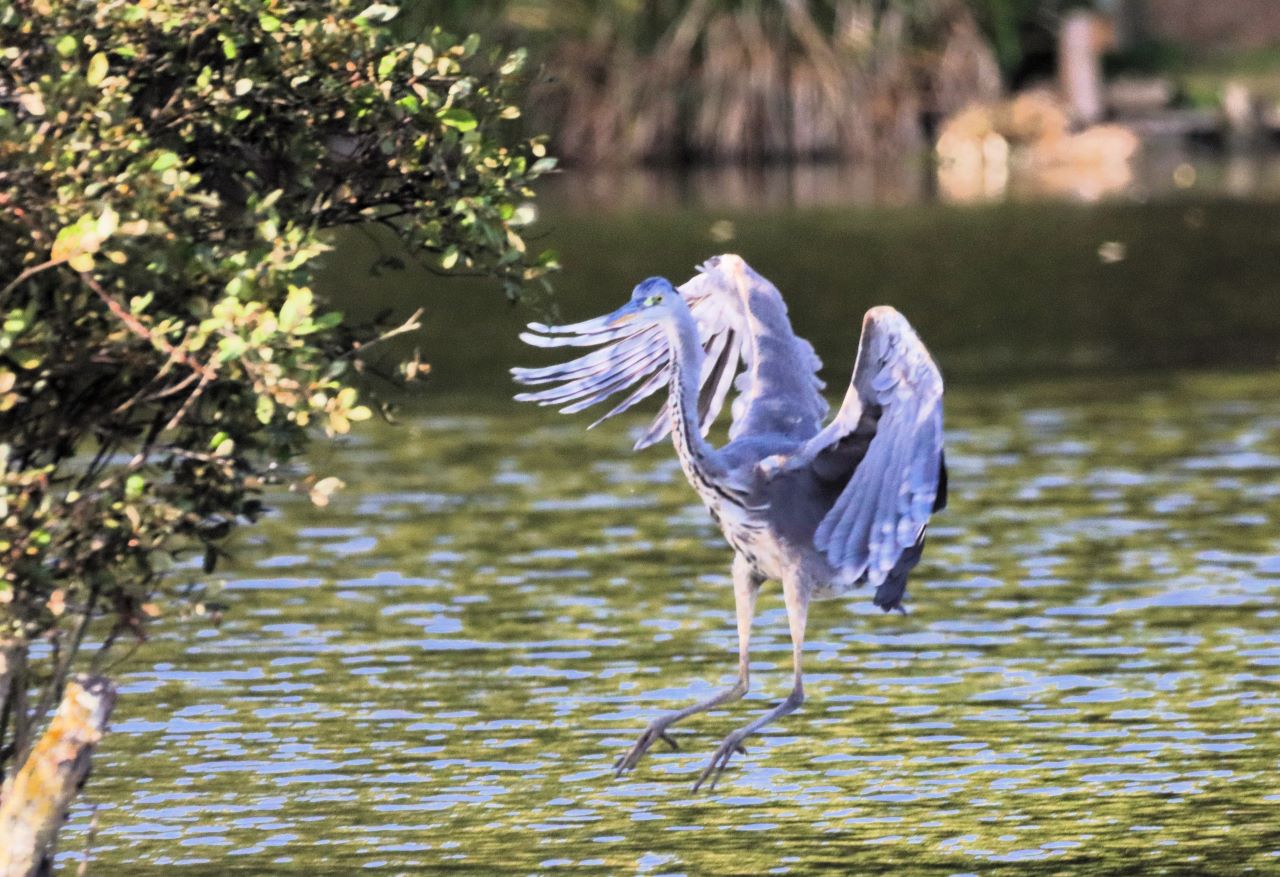






Recent Comments